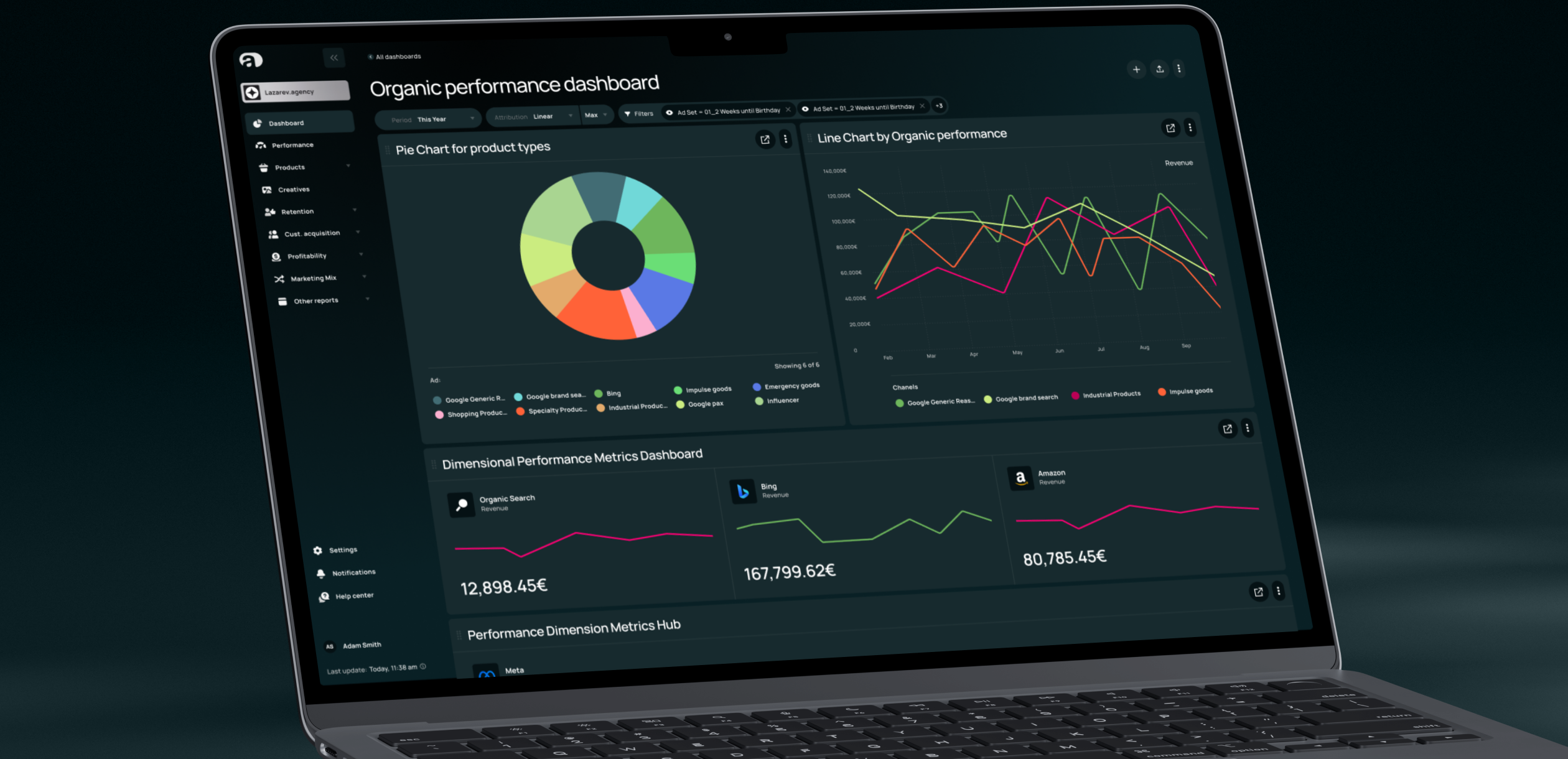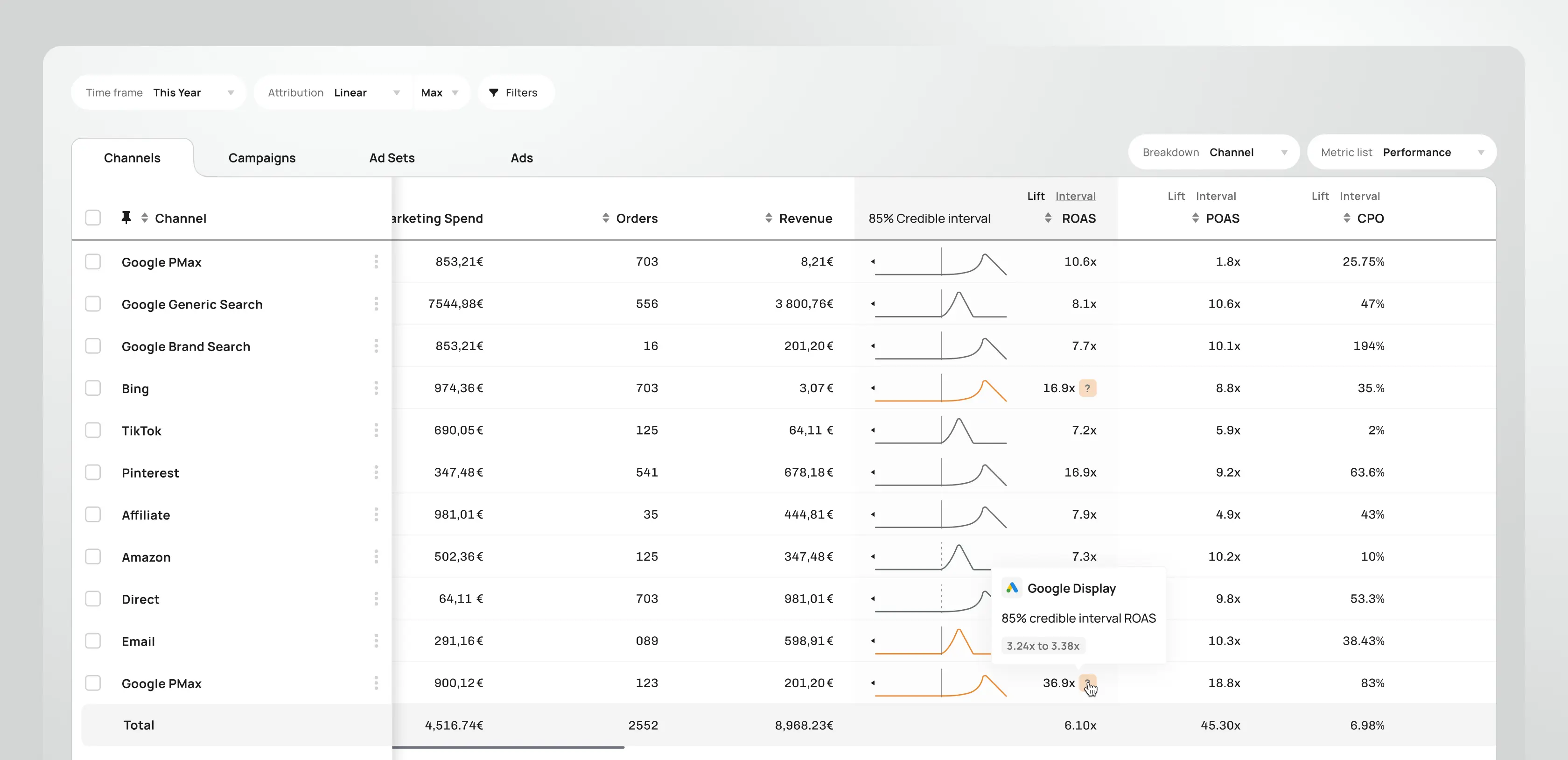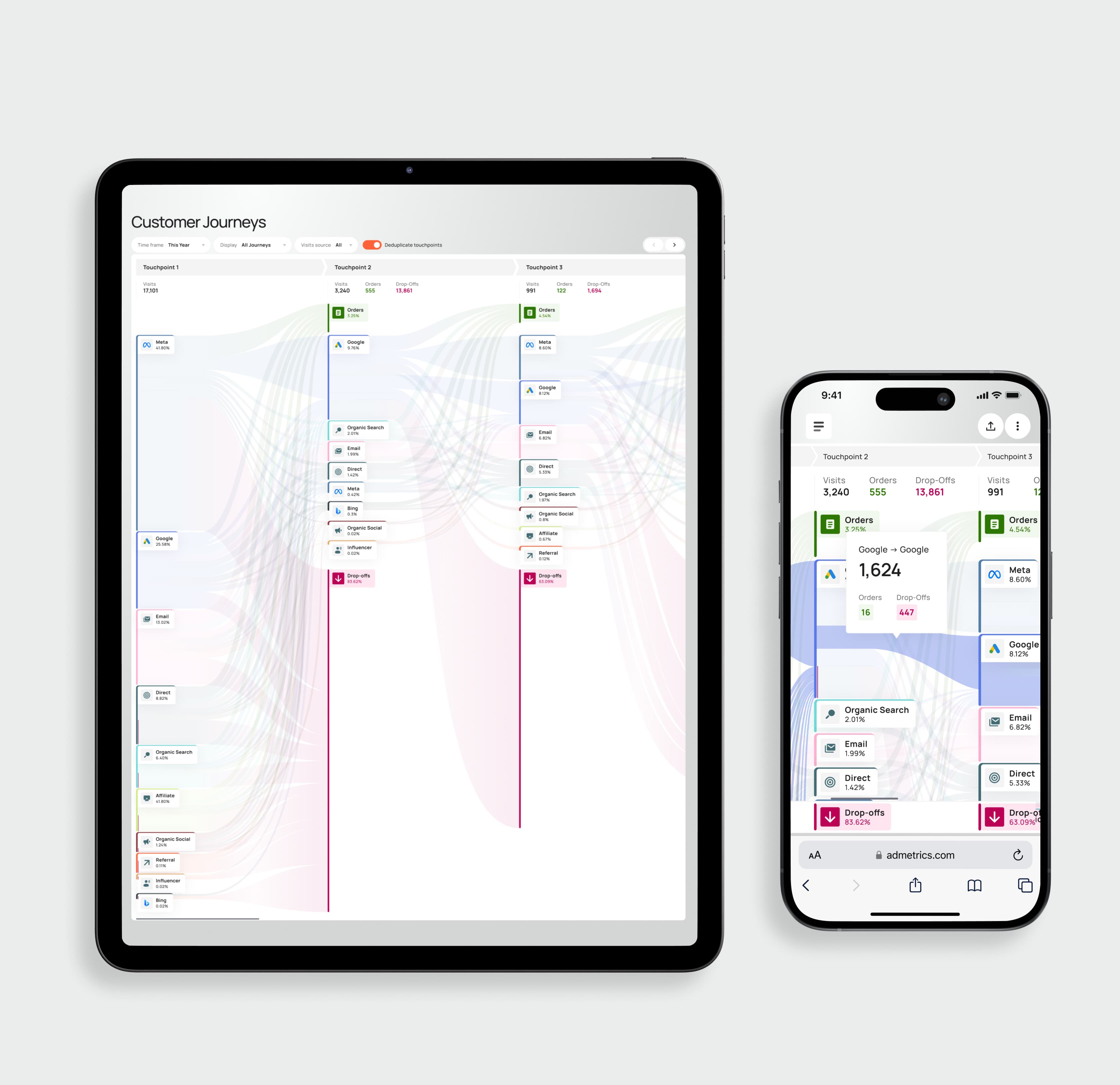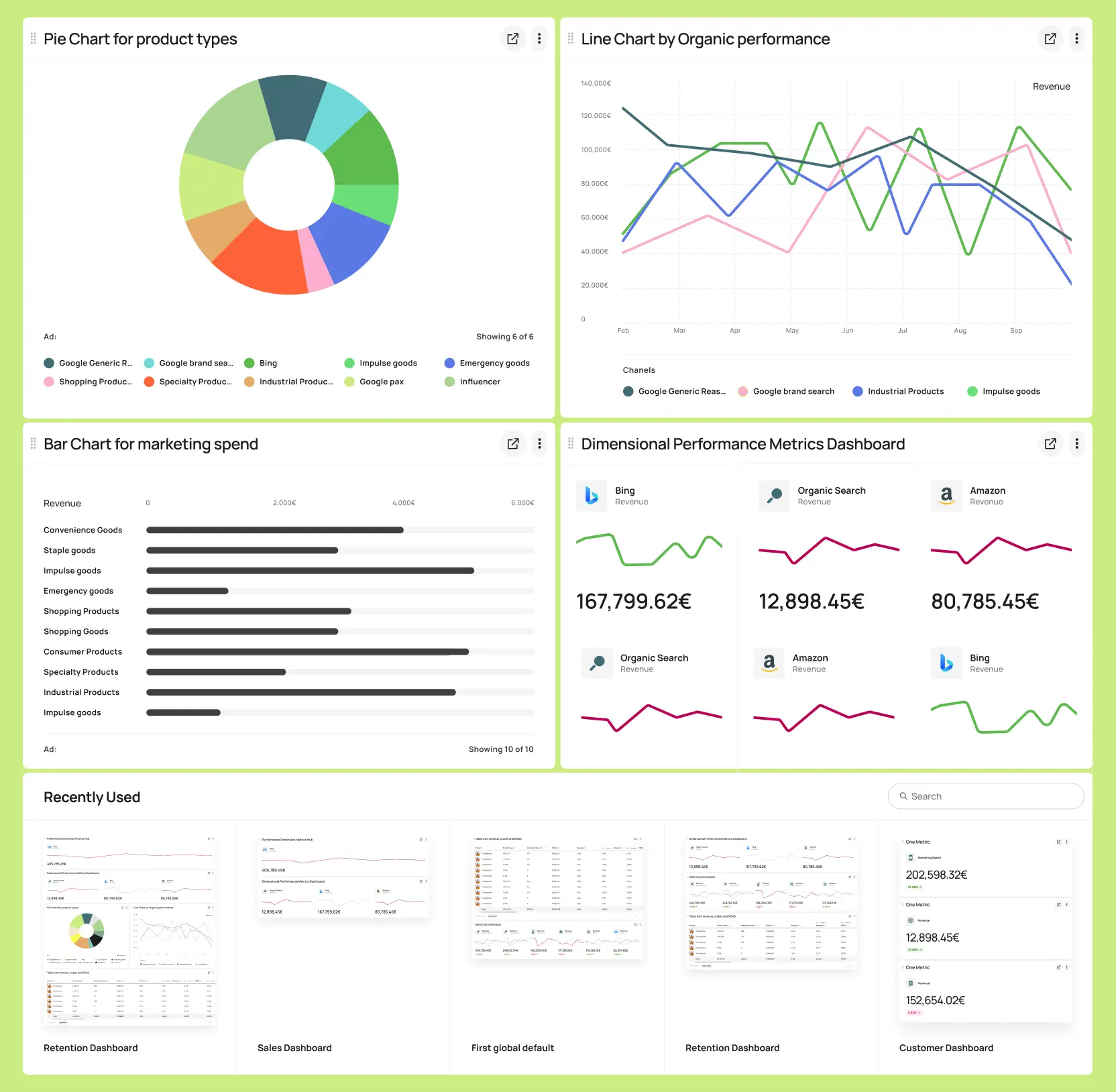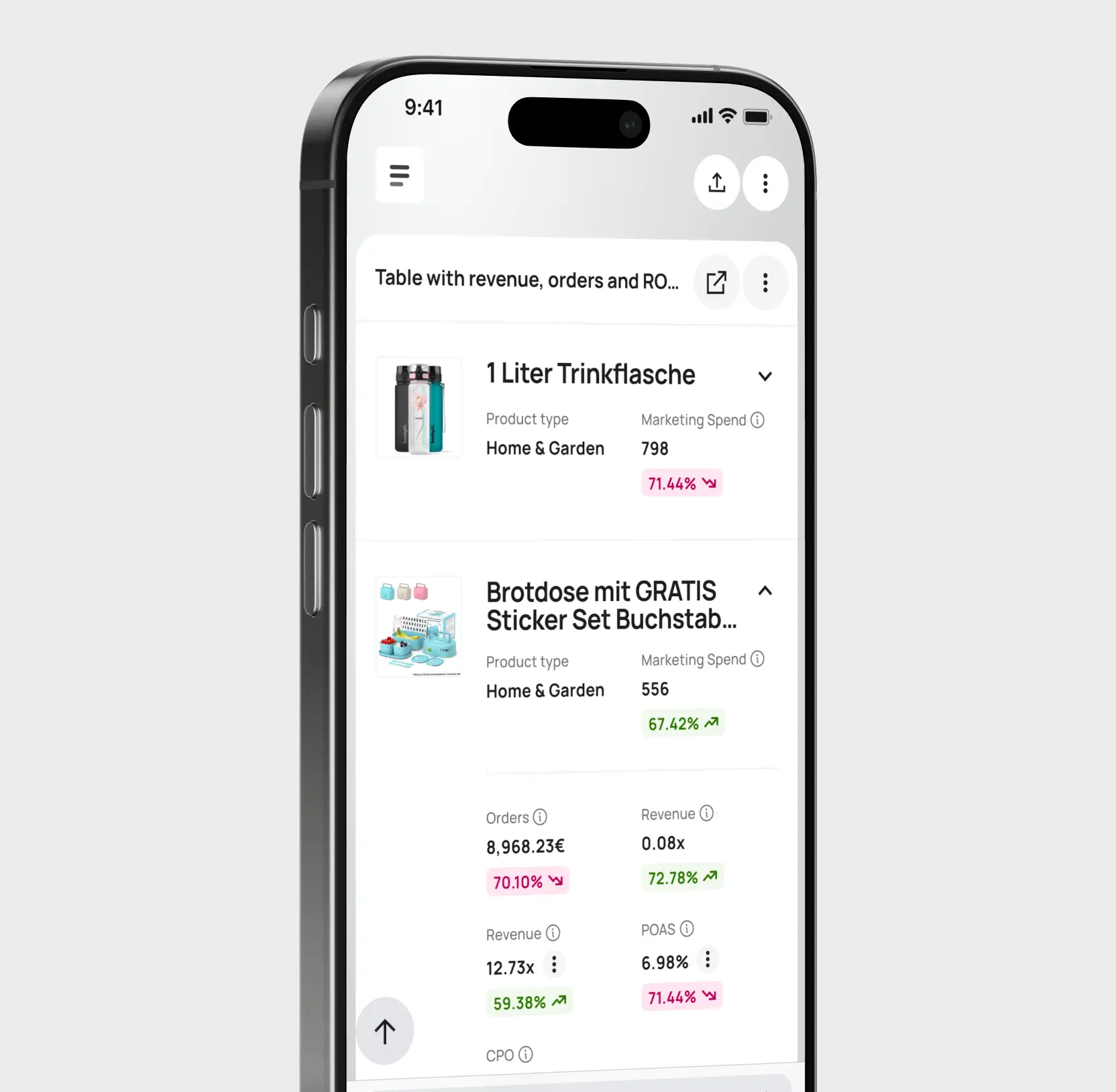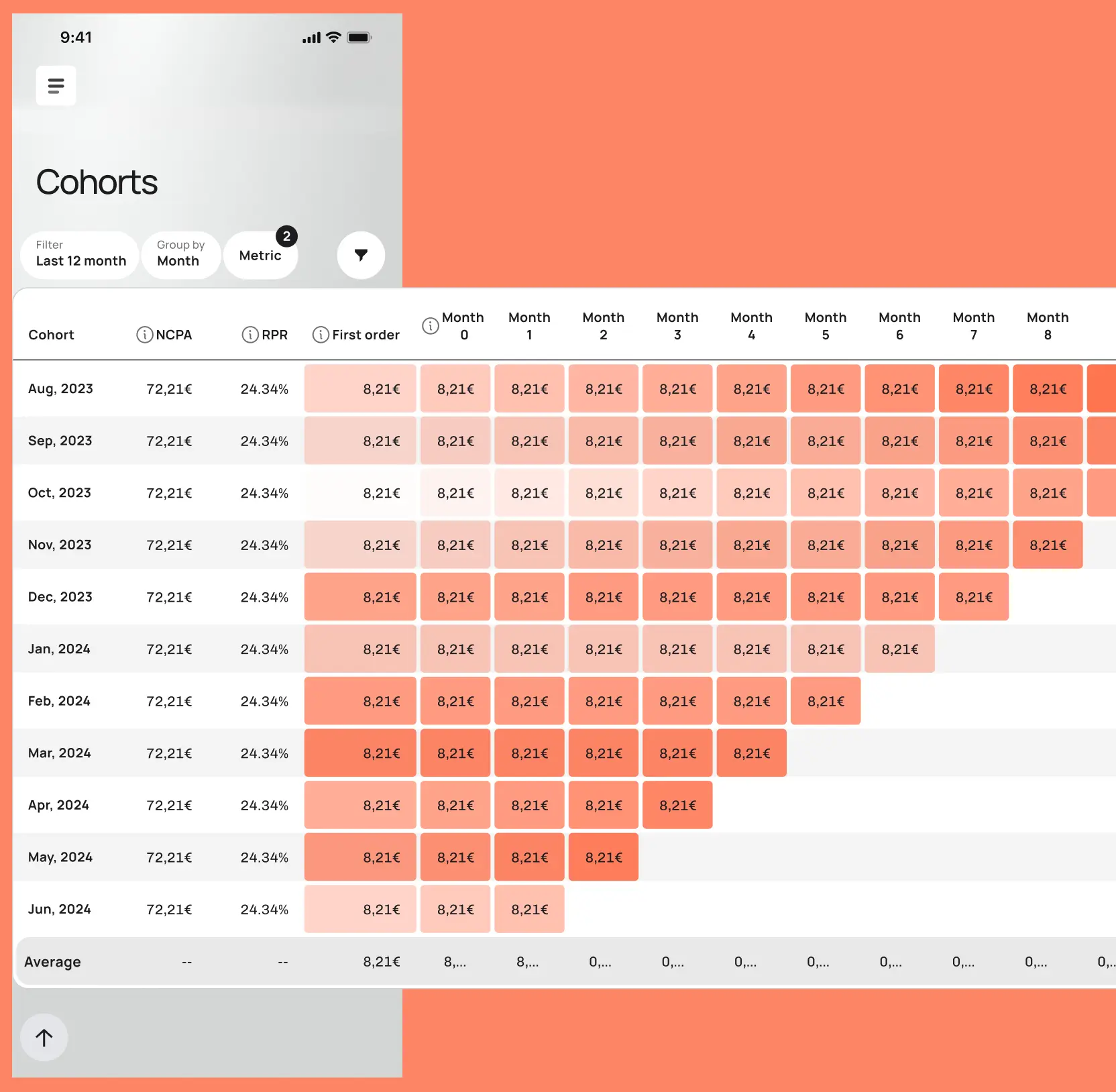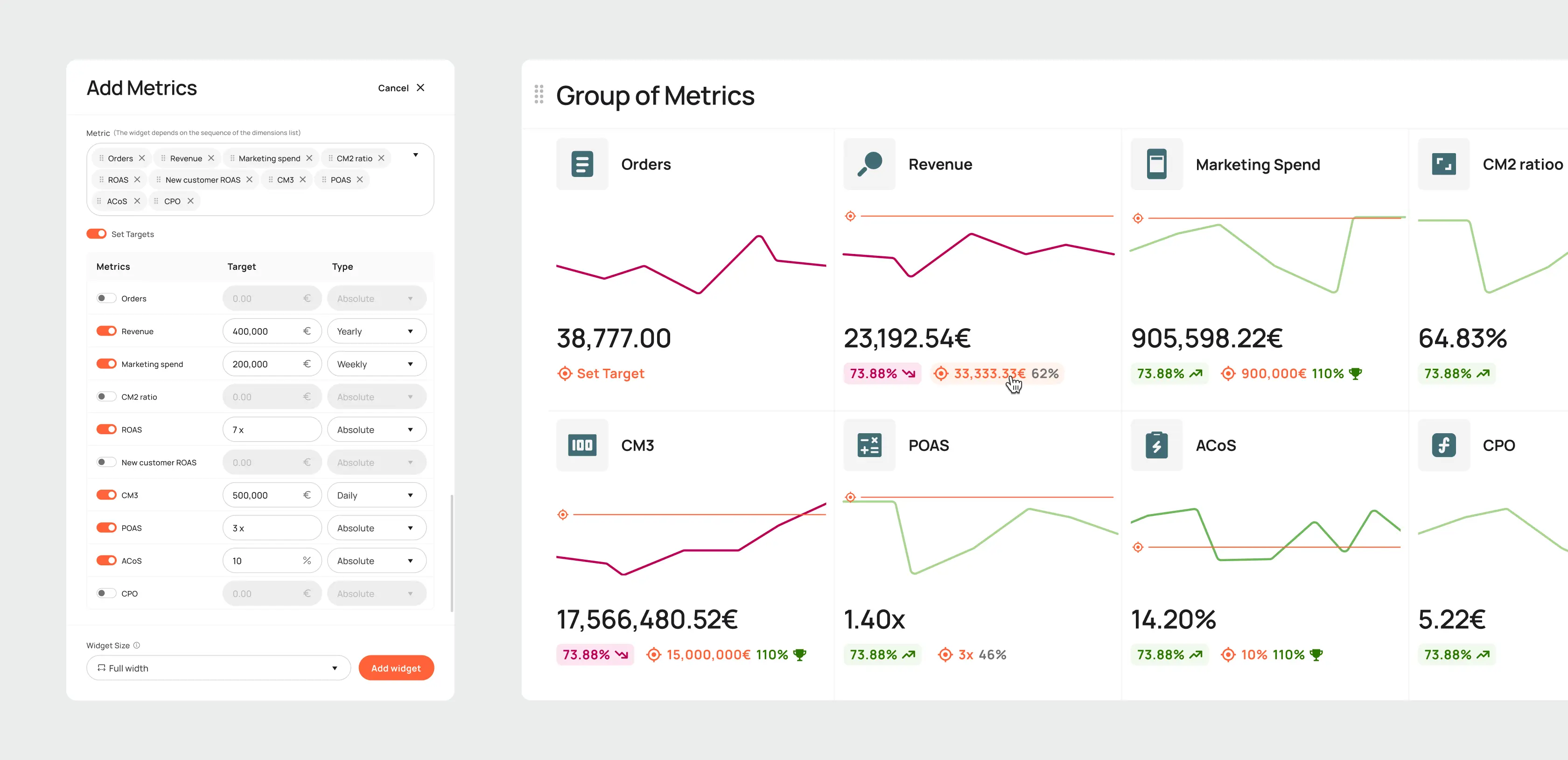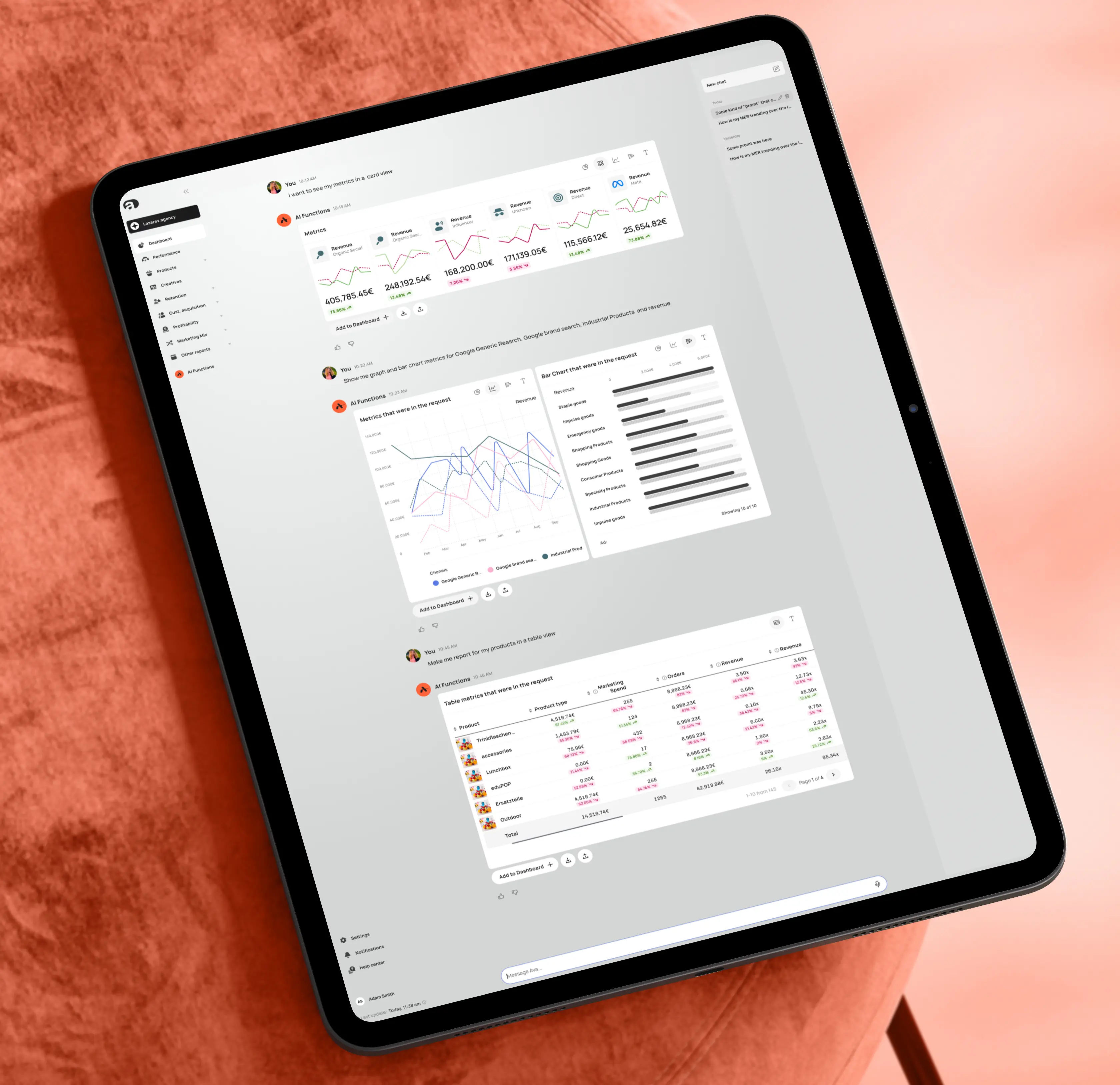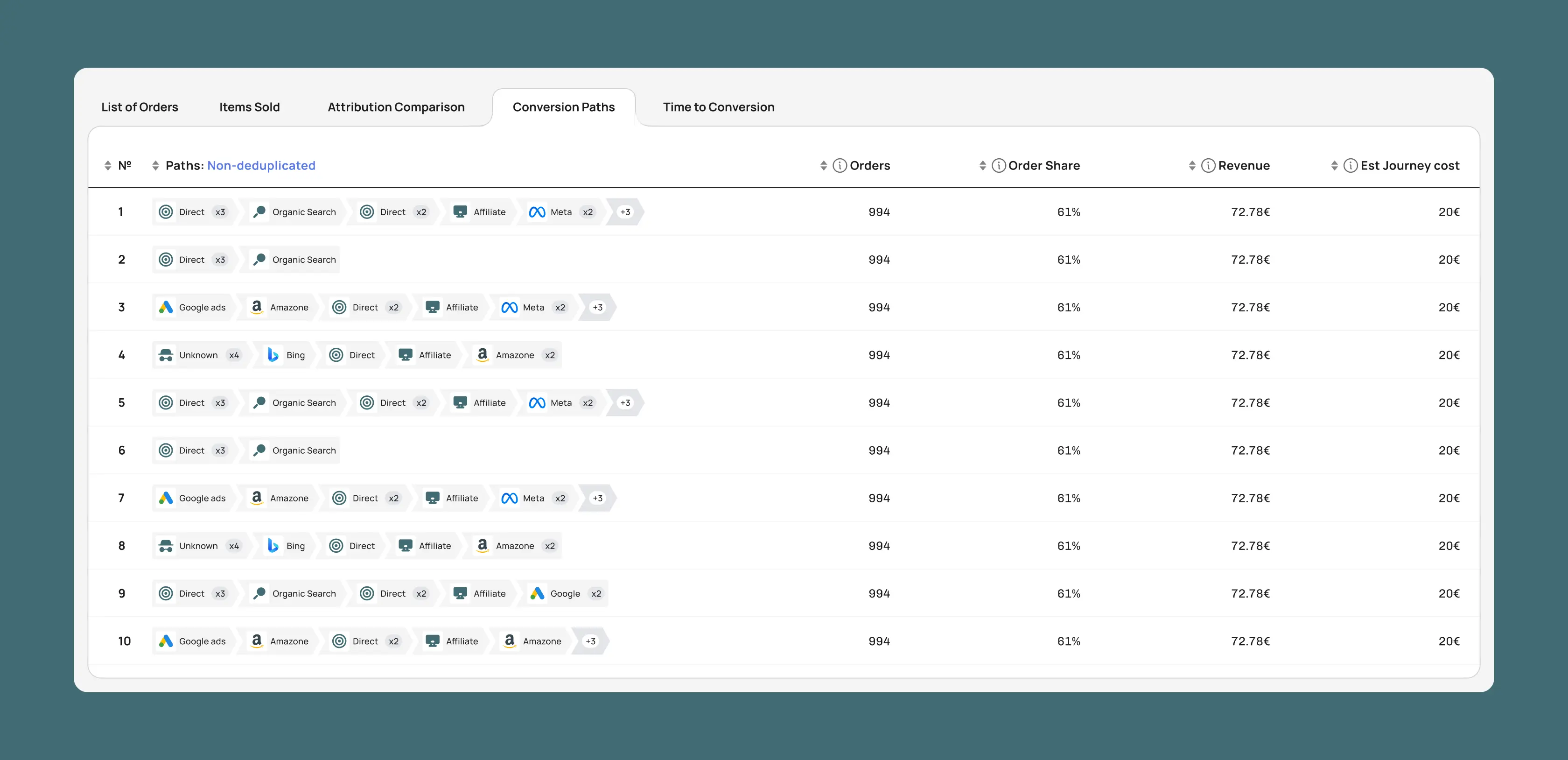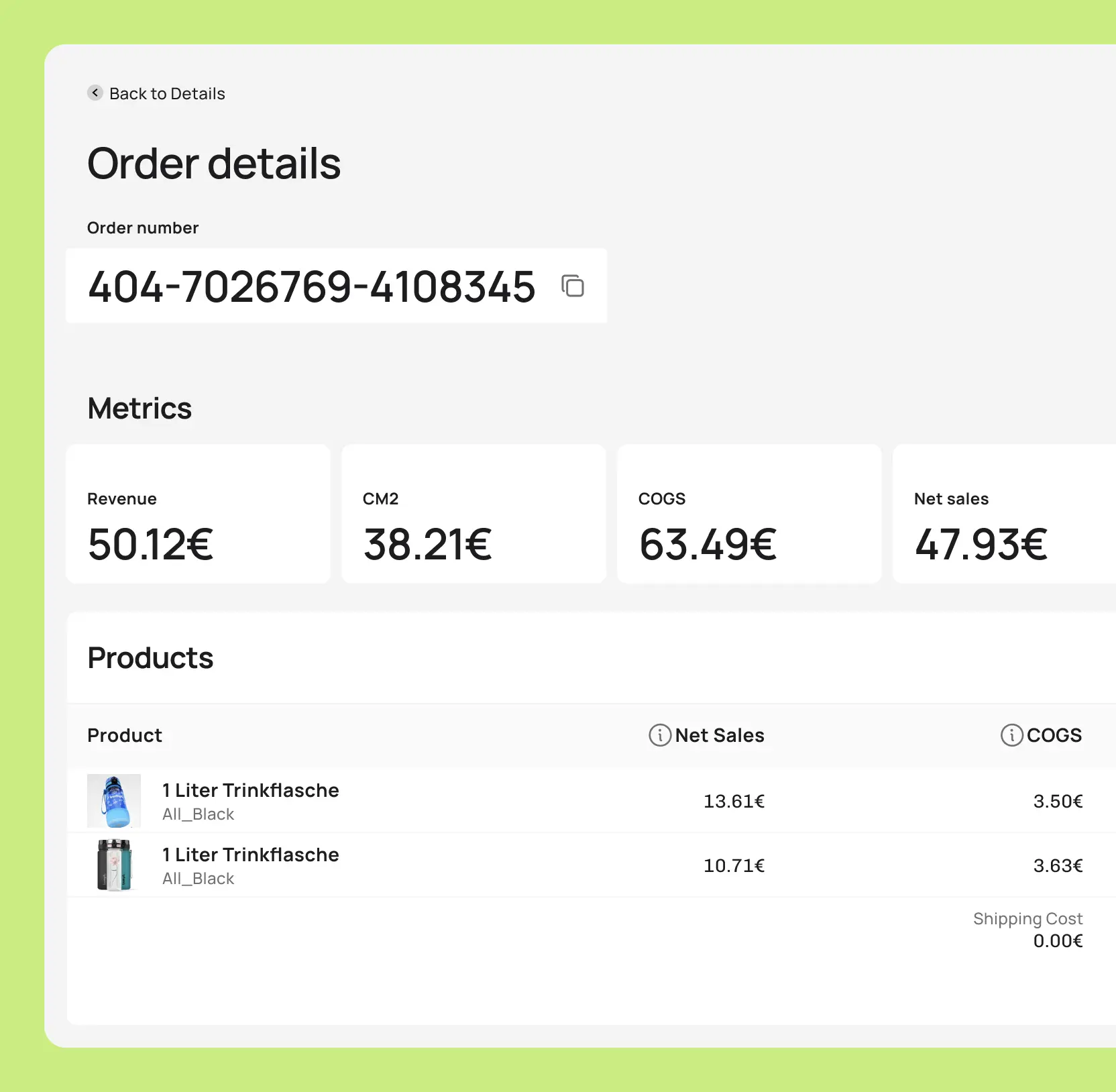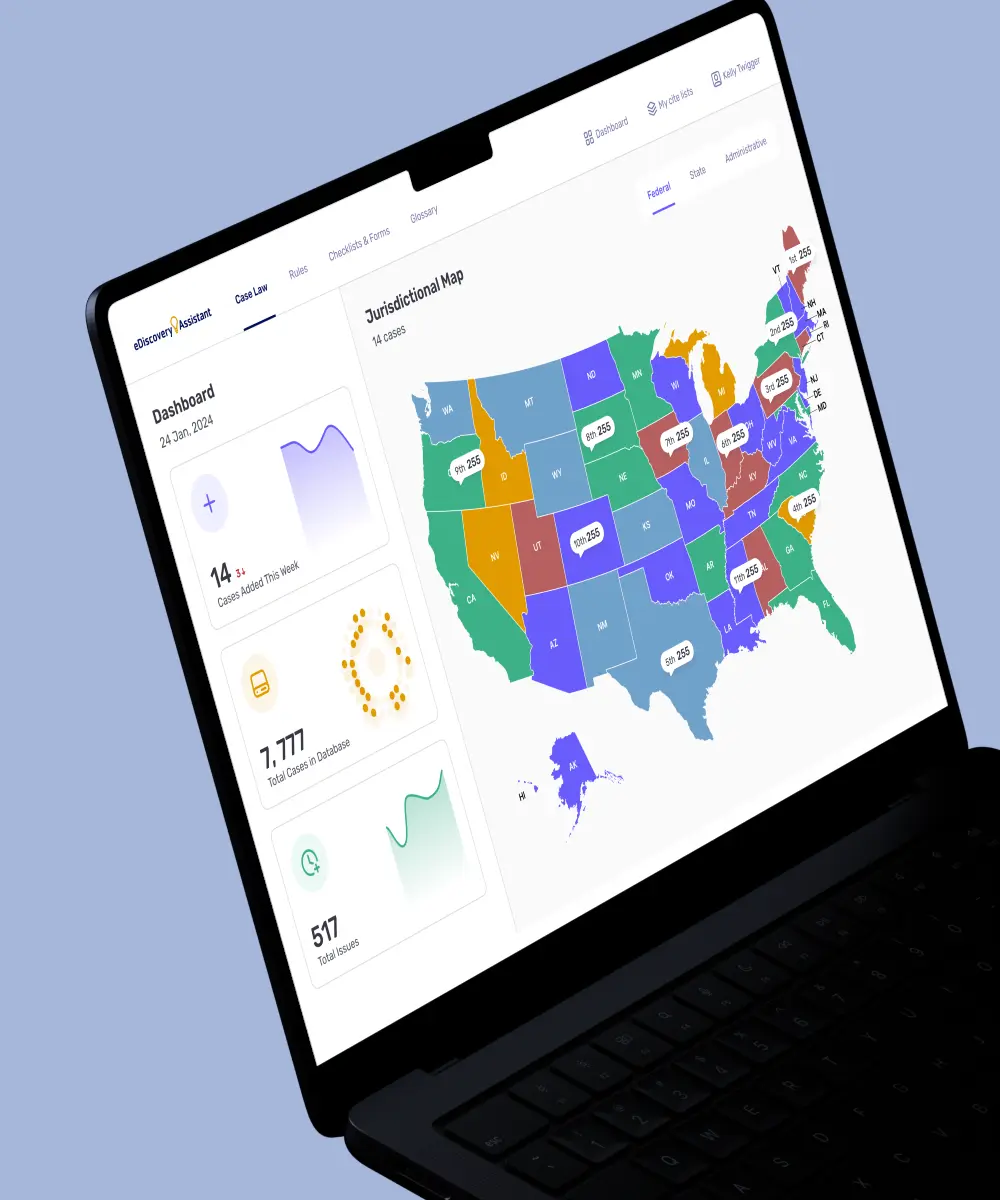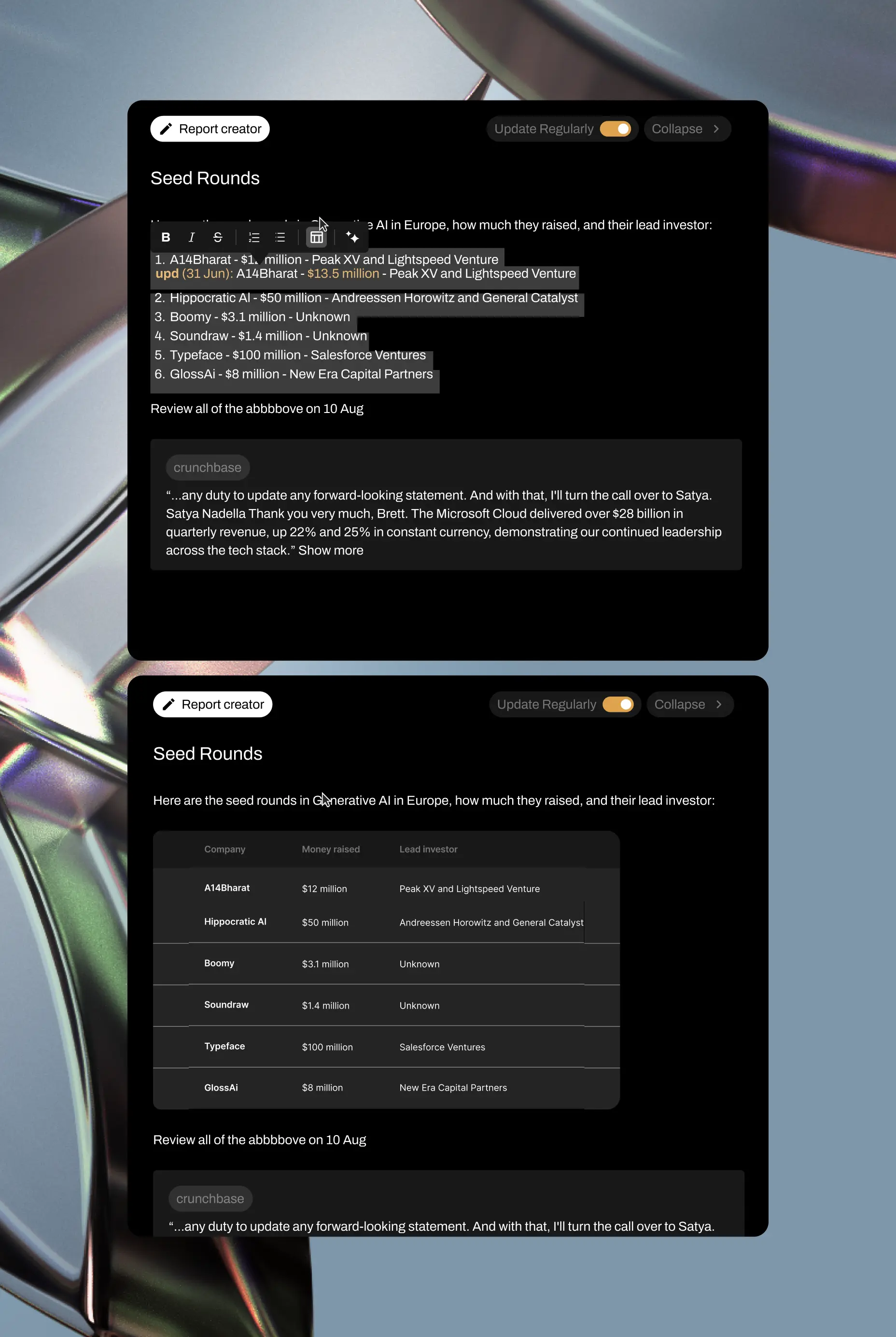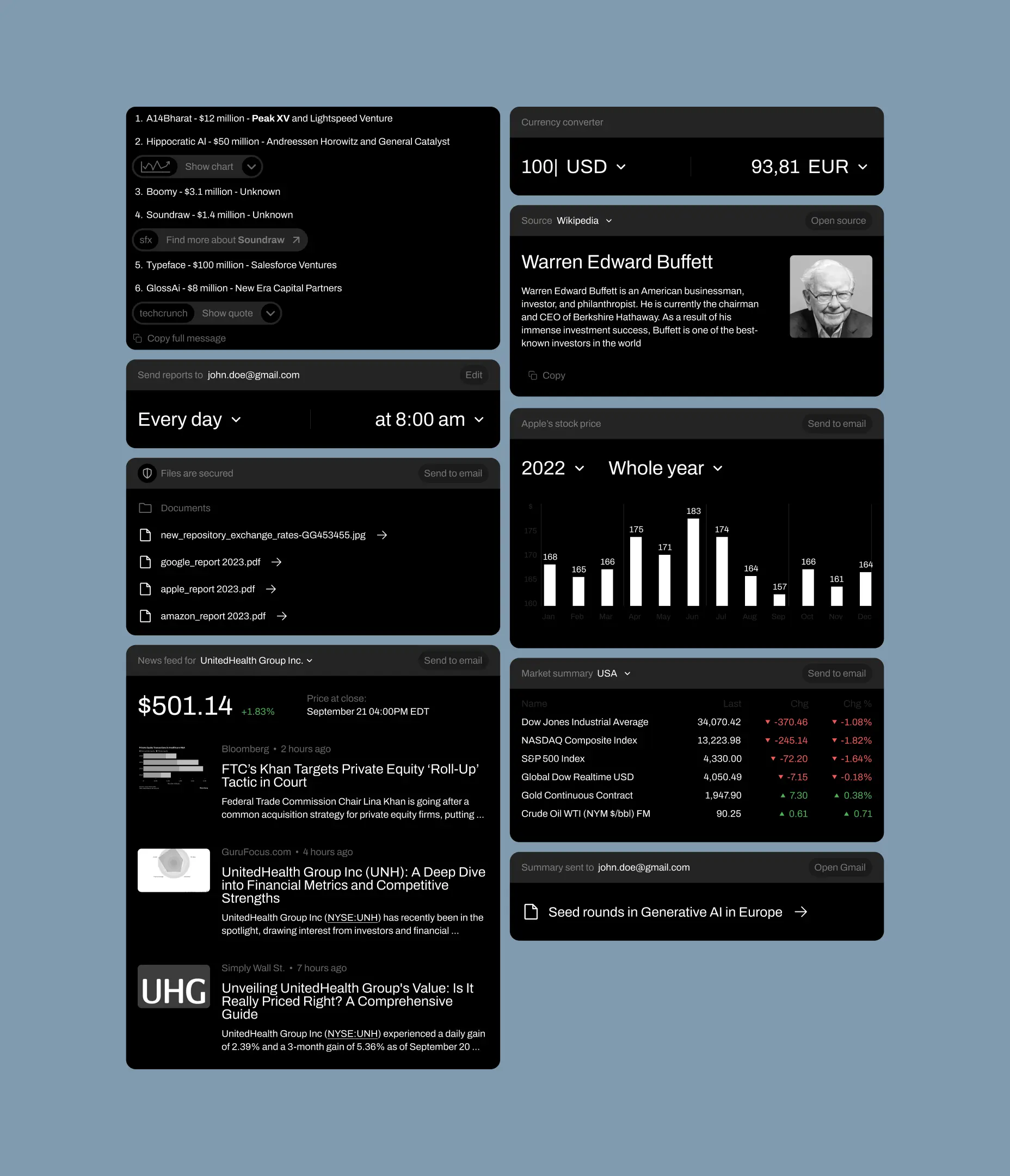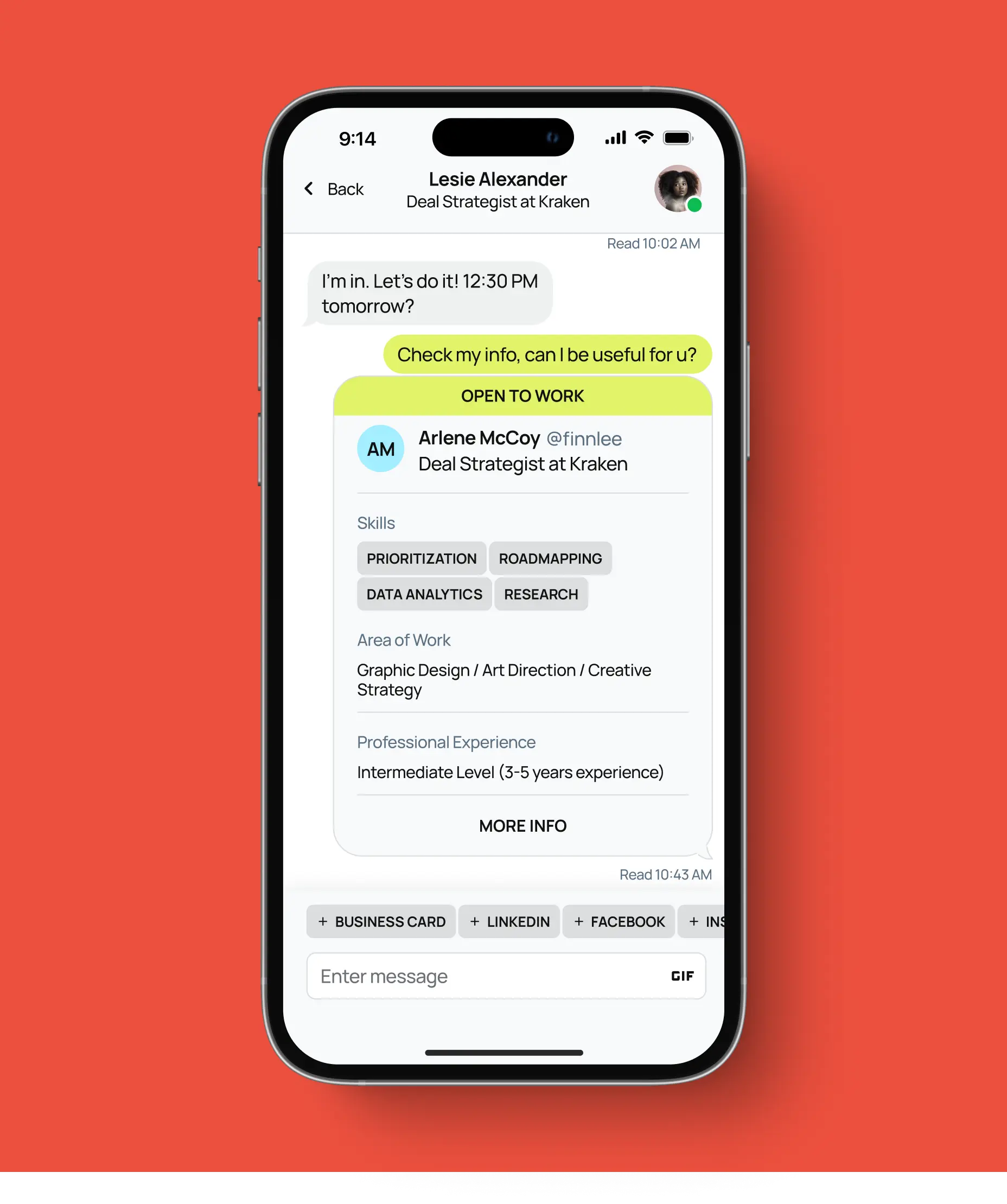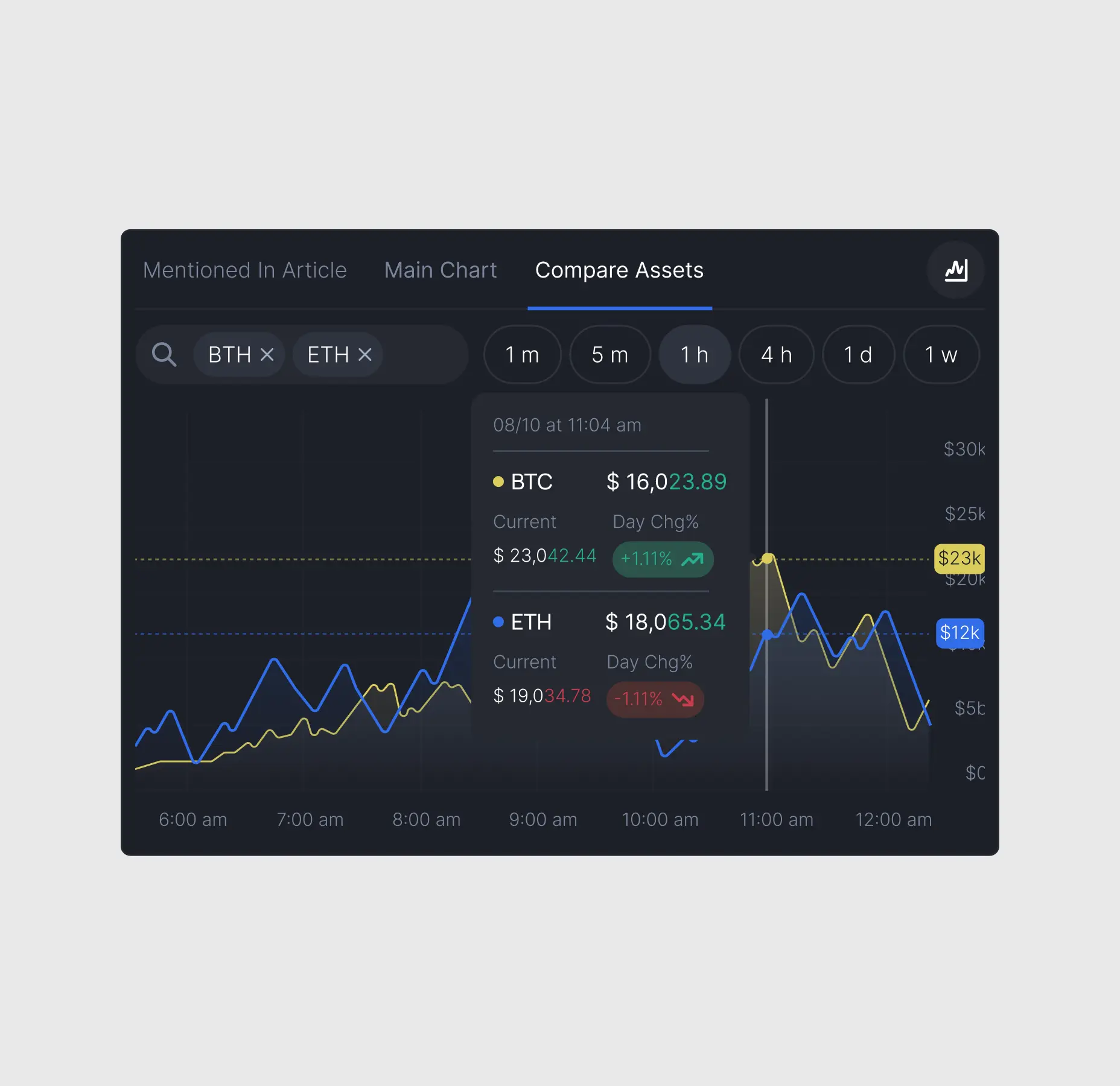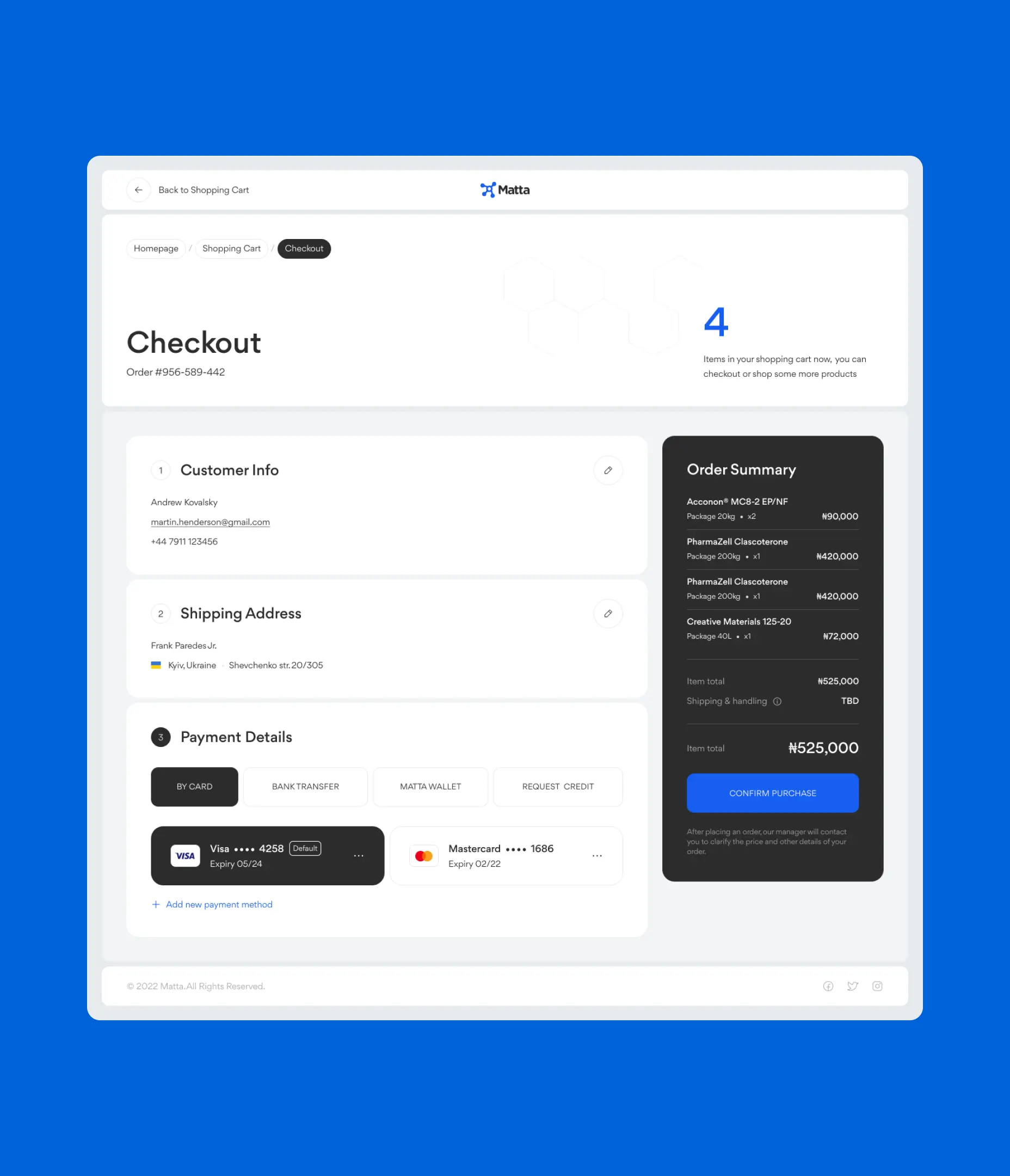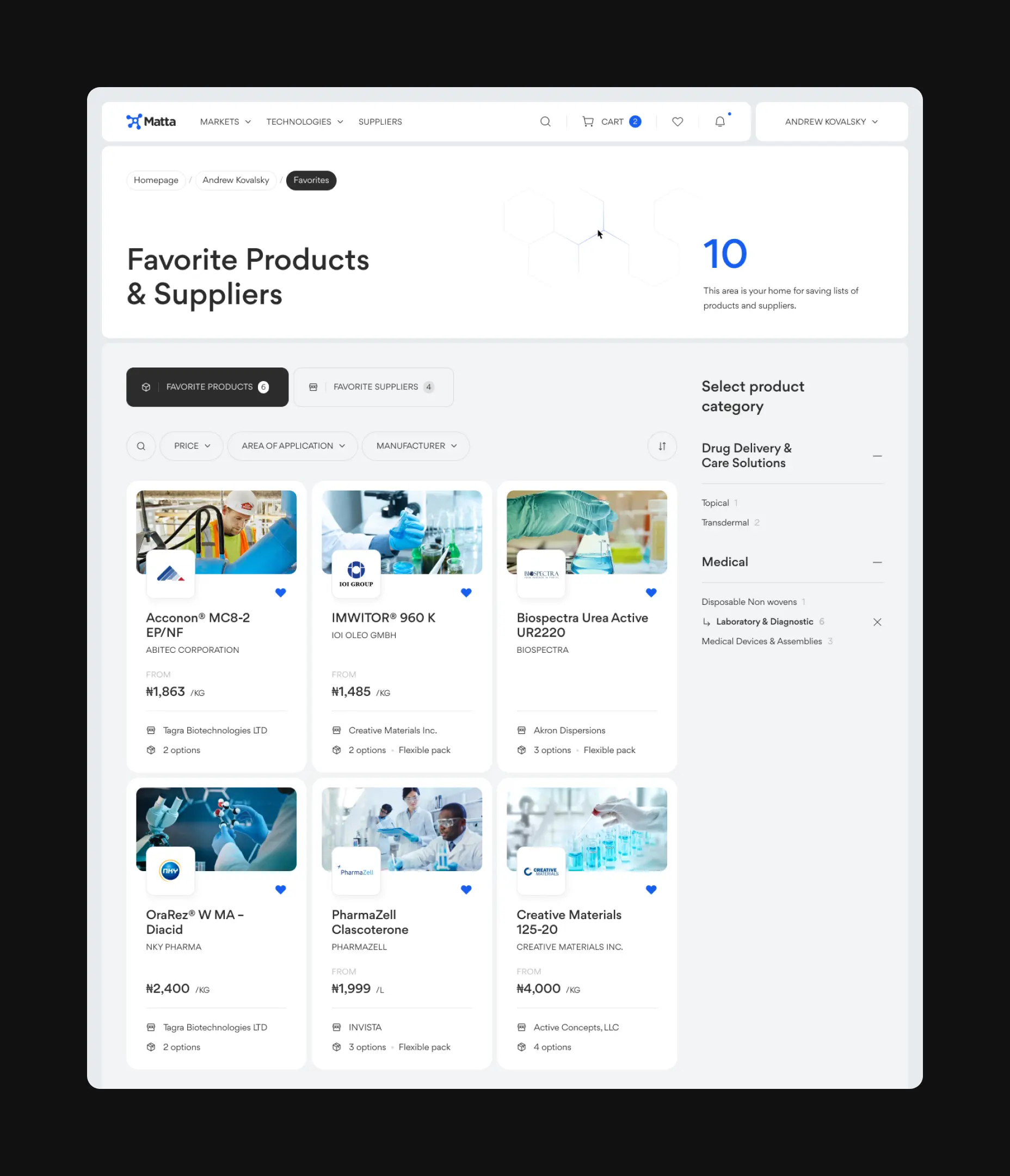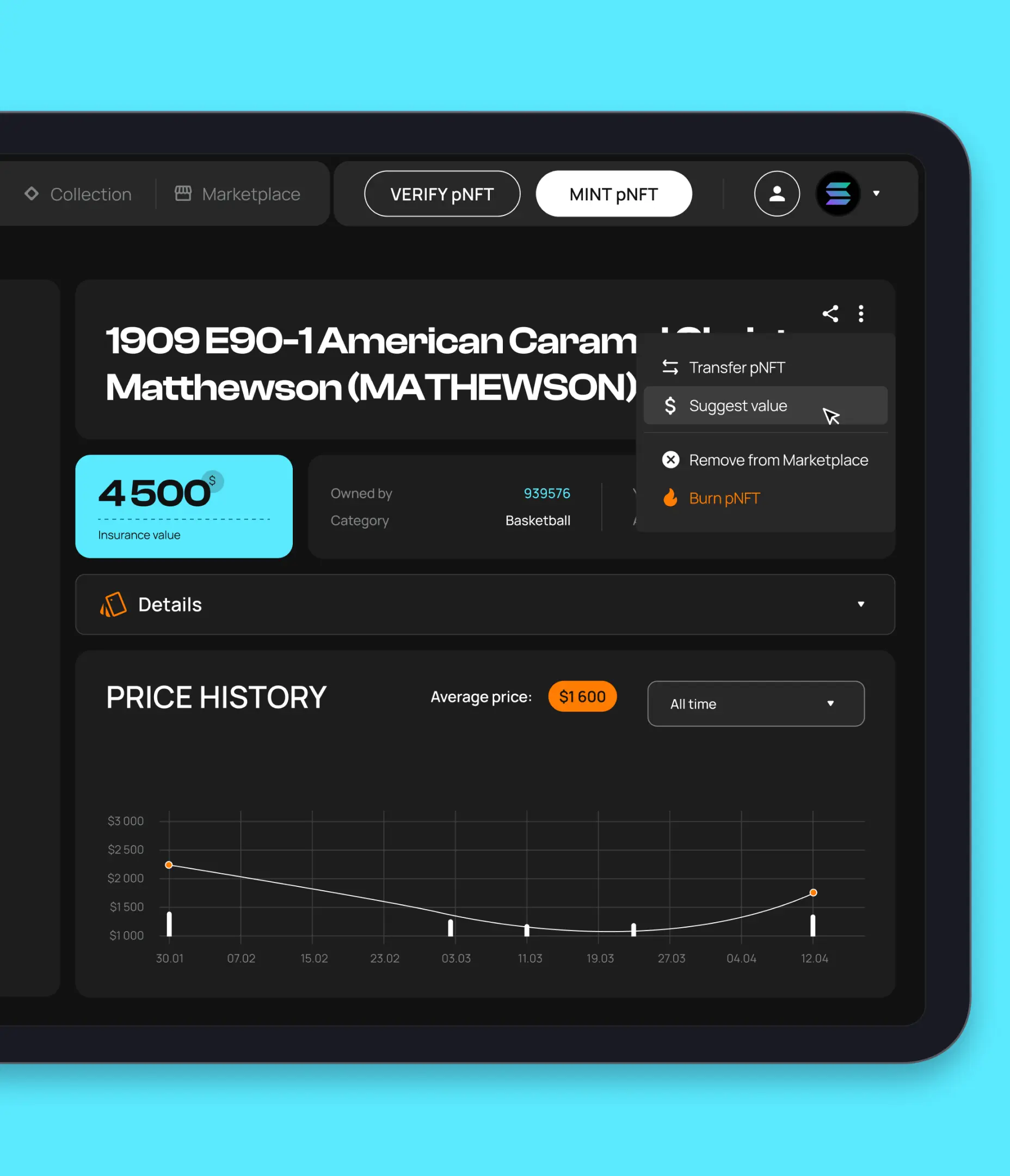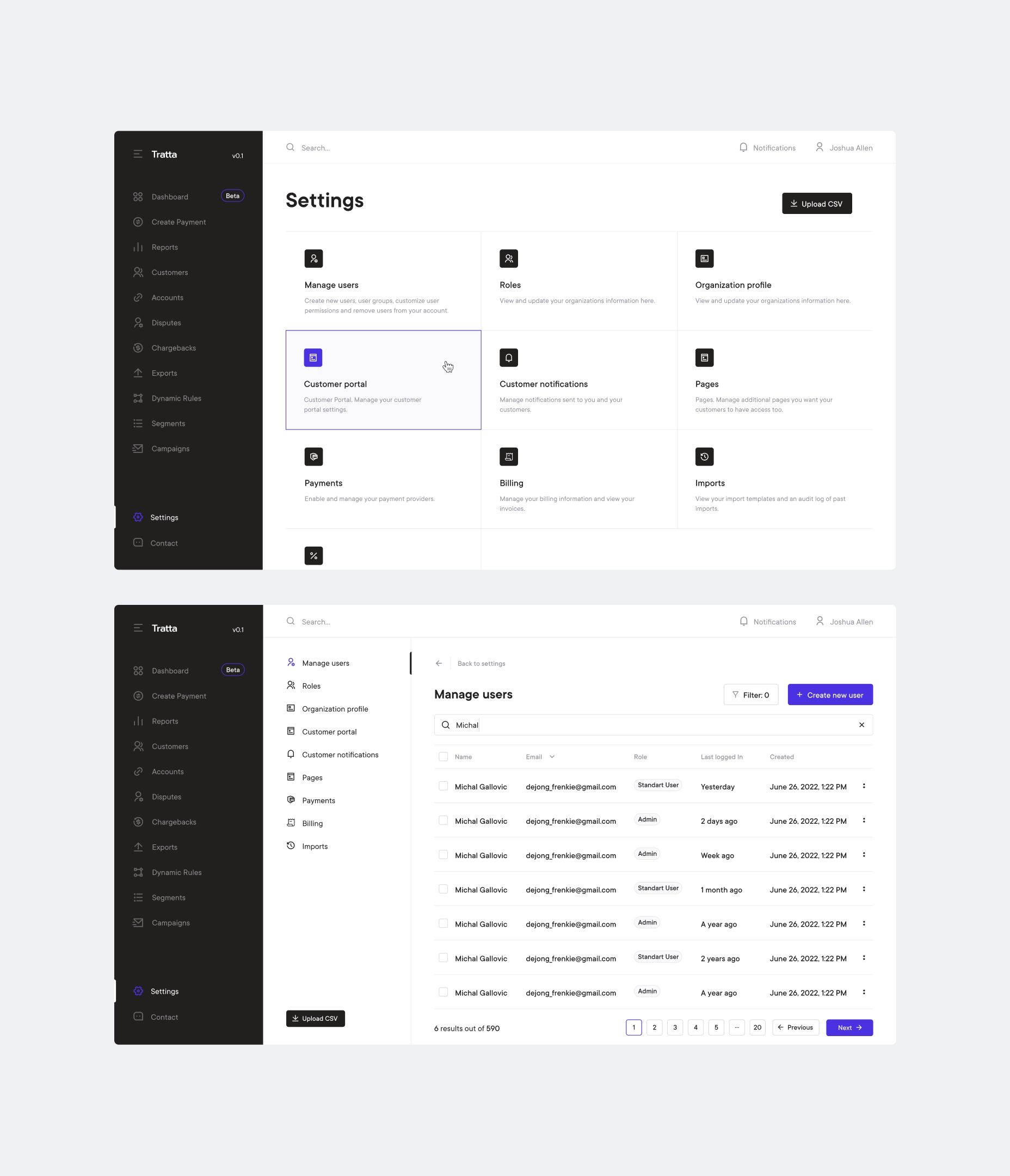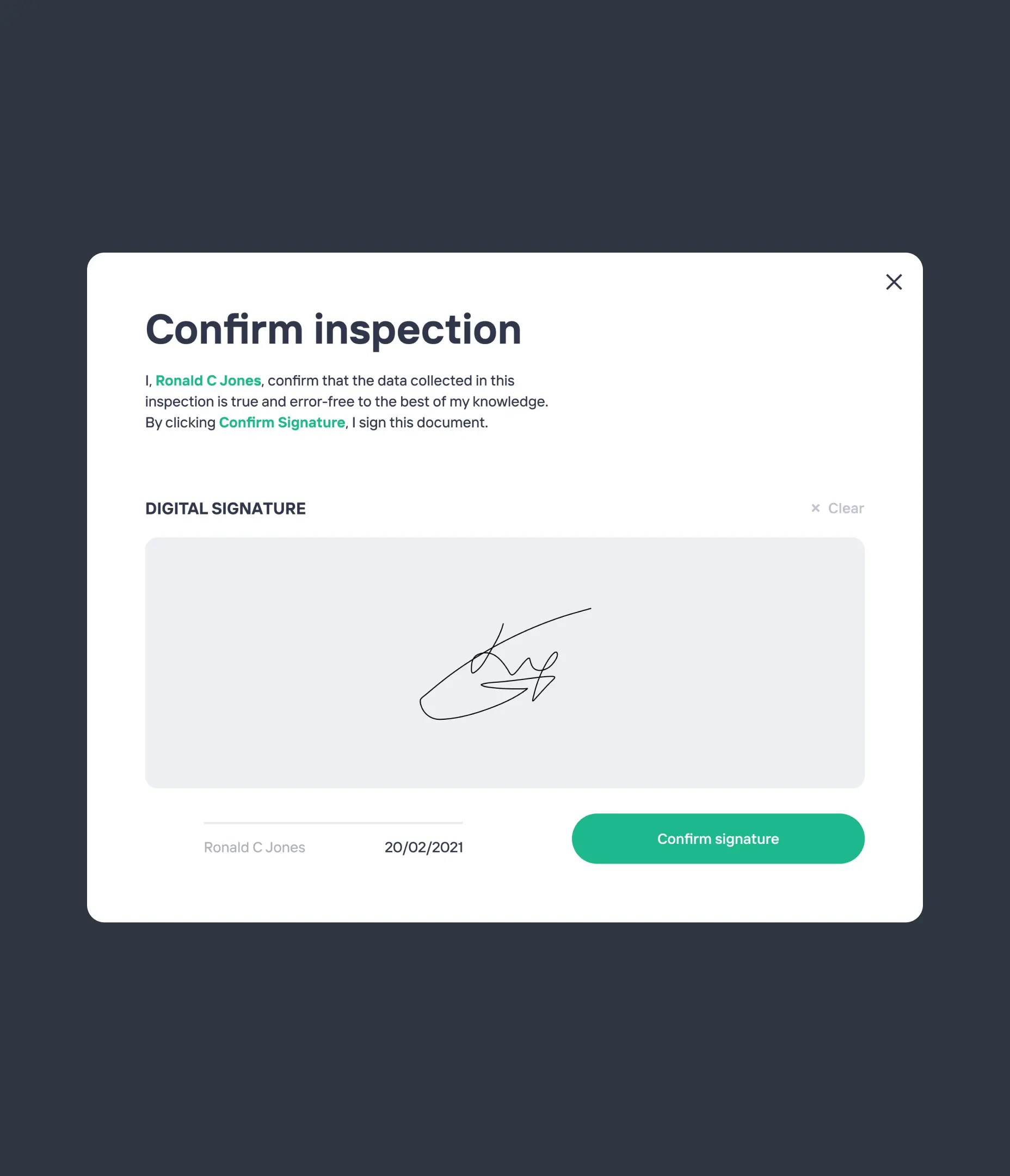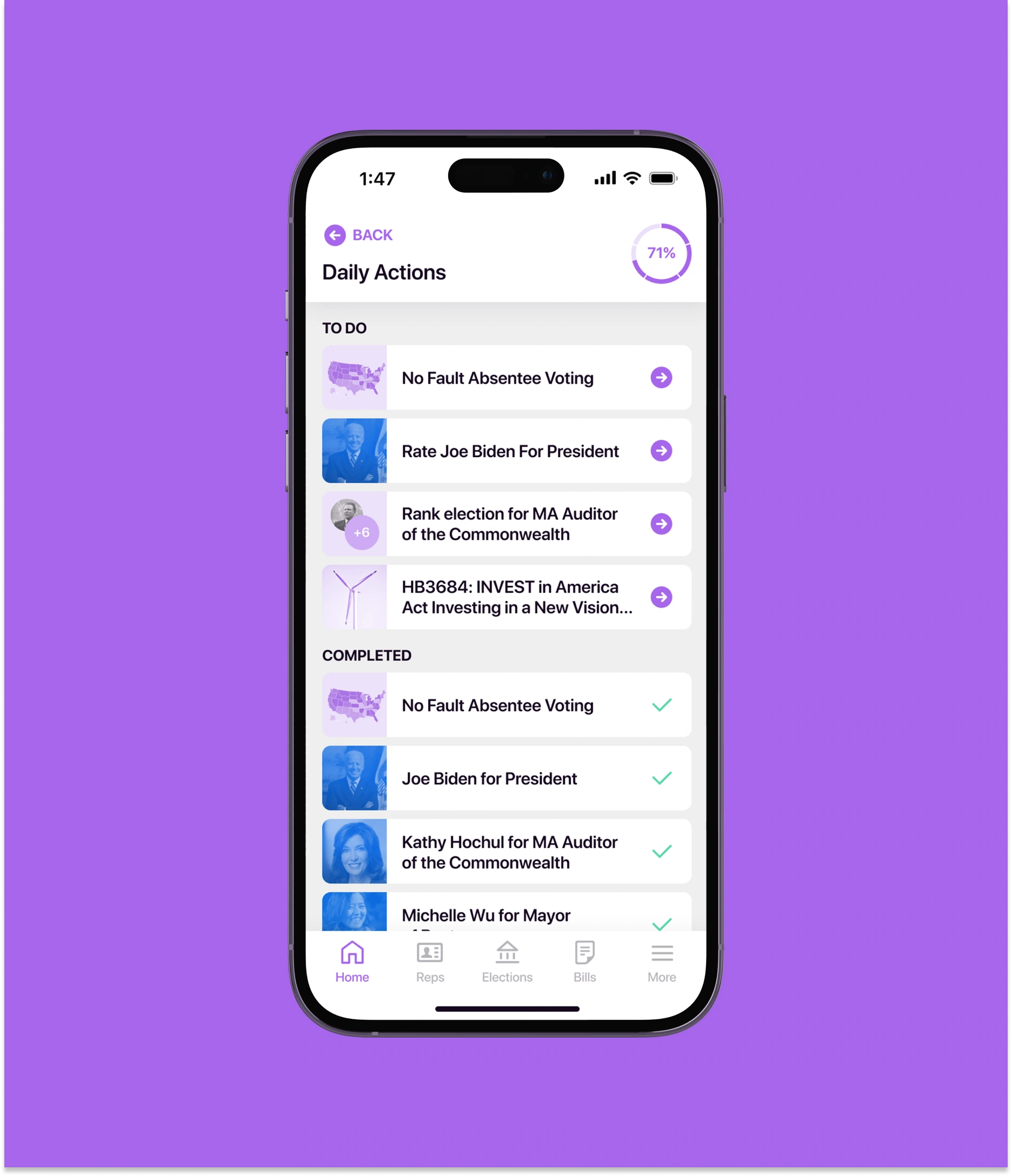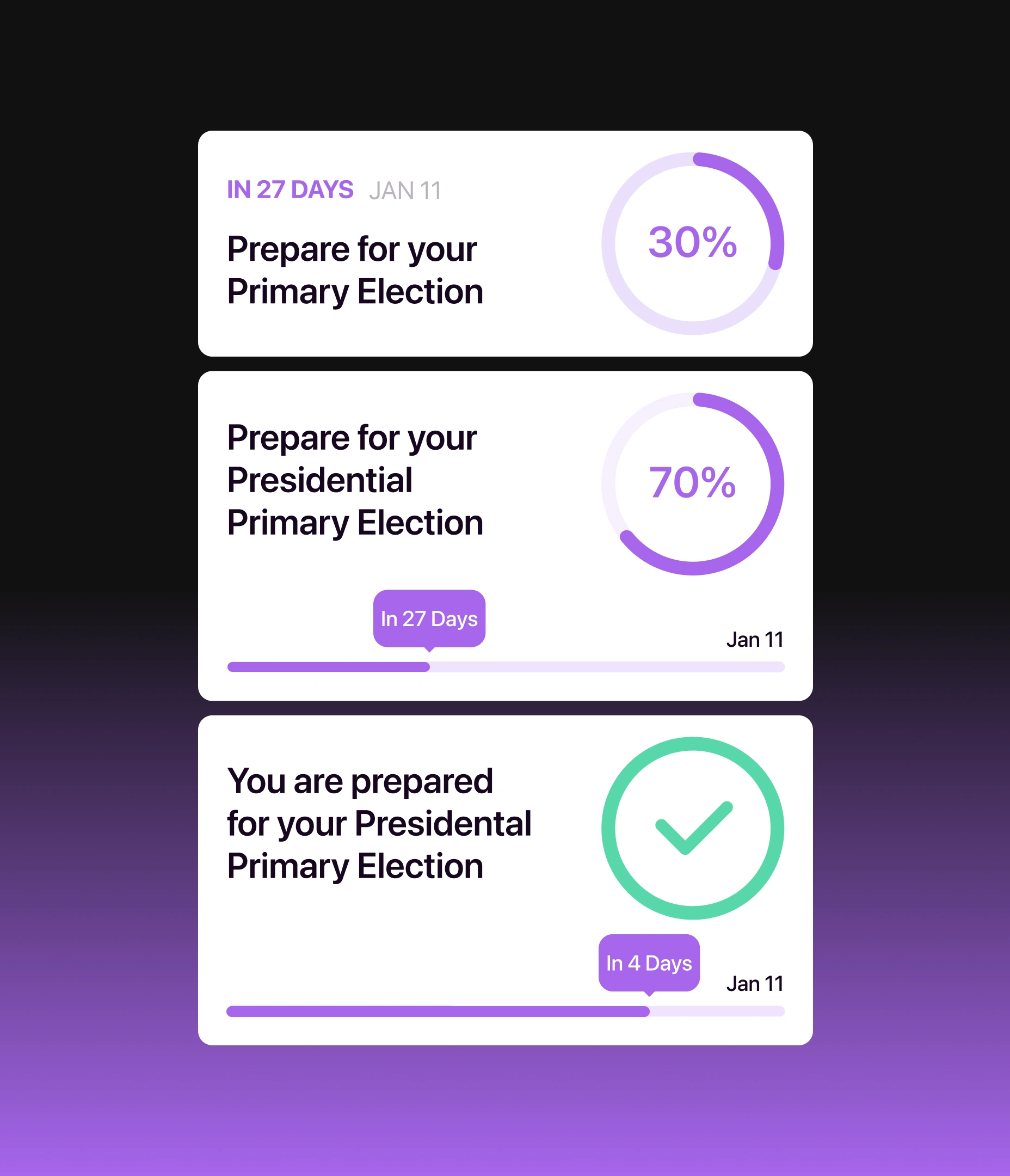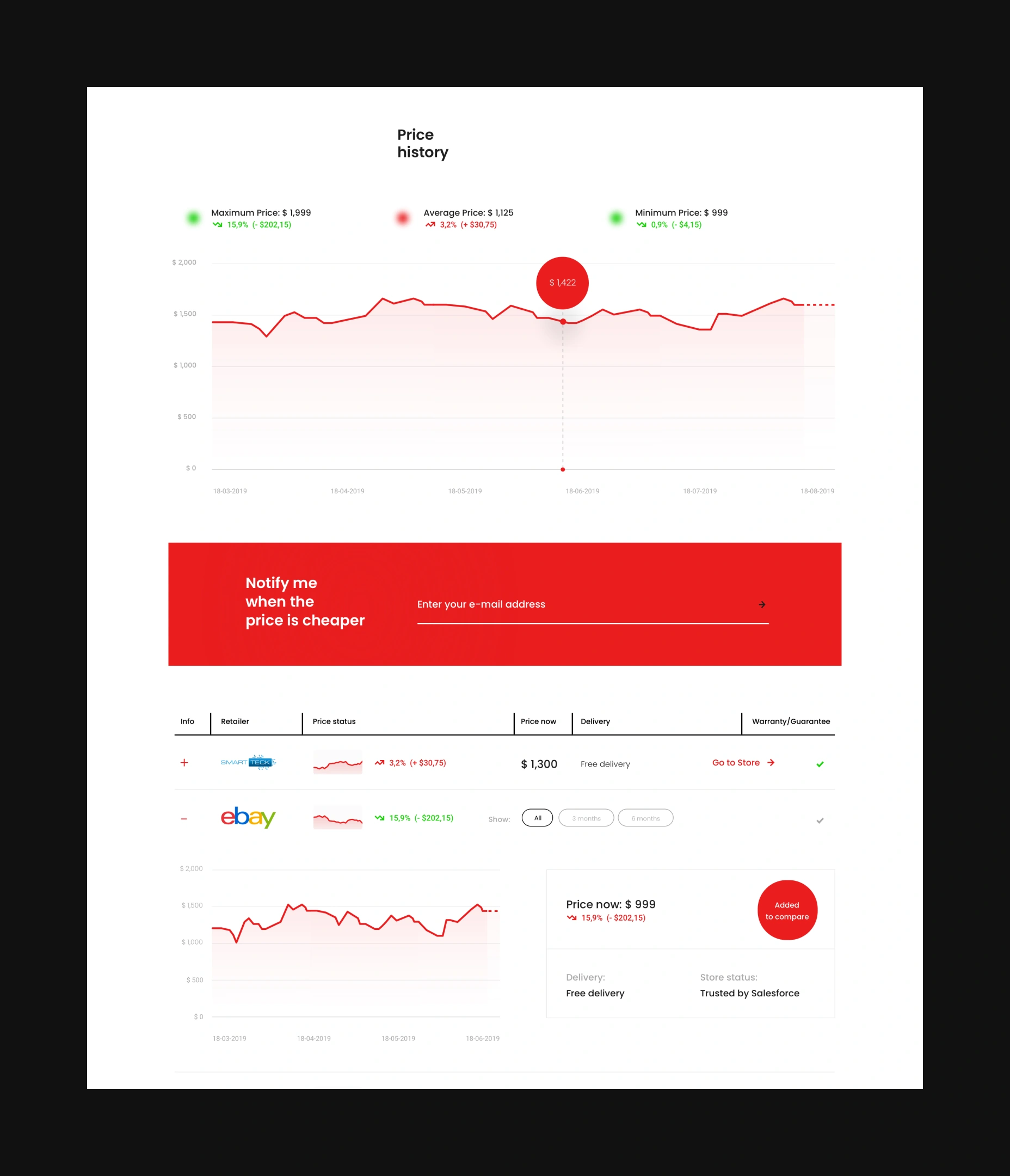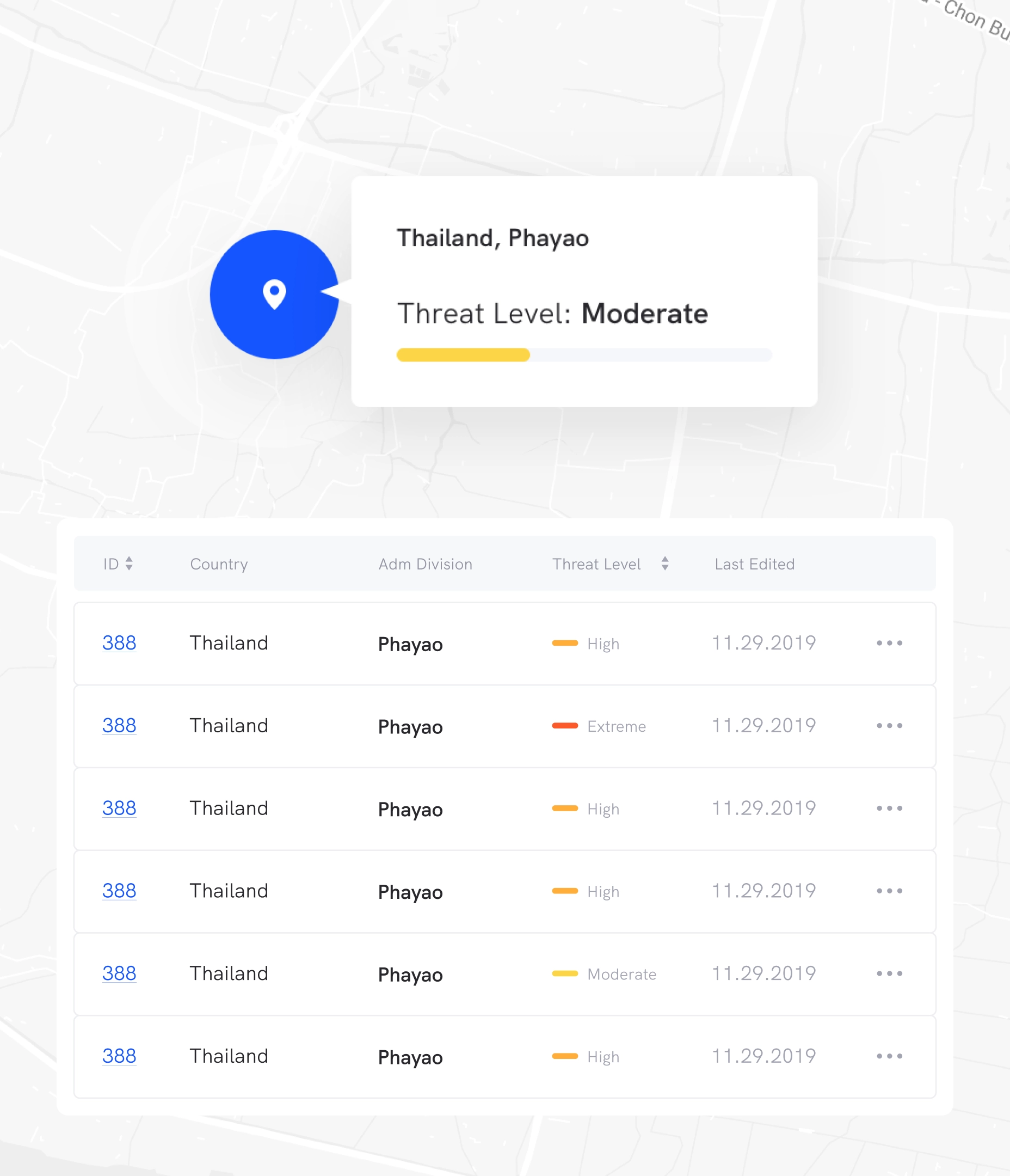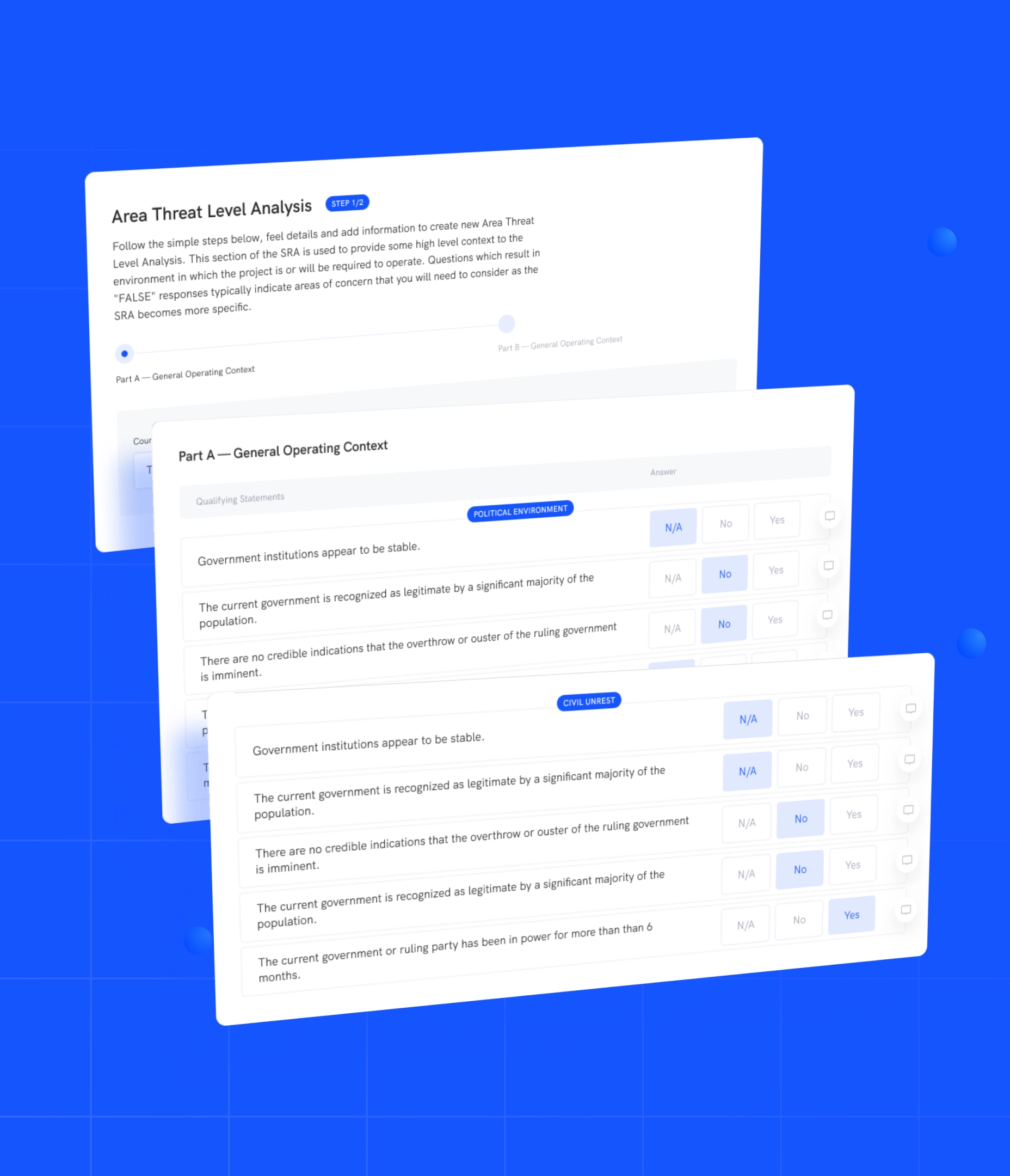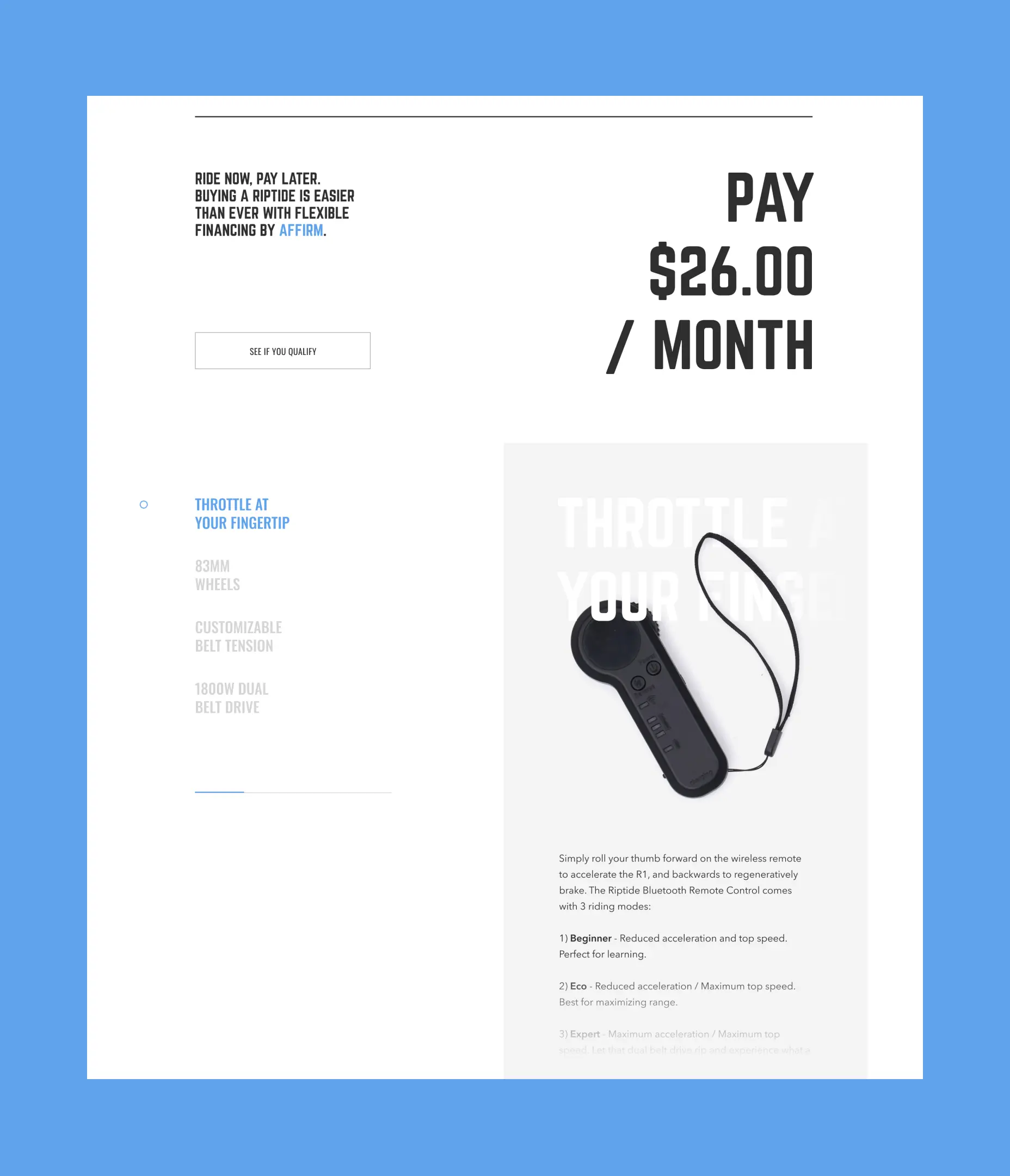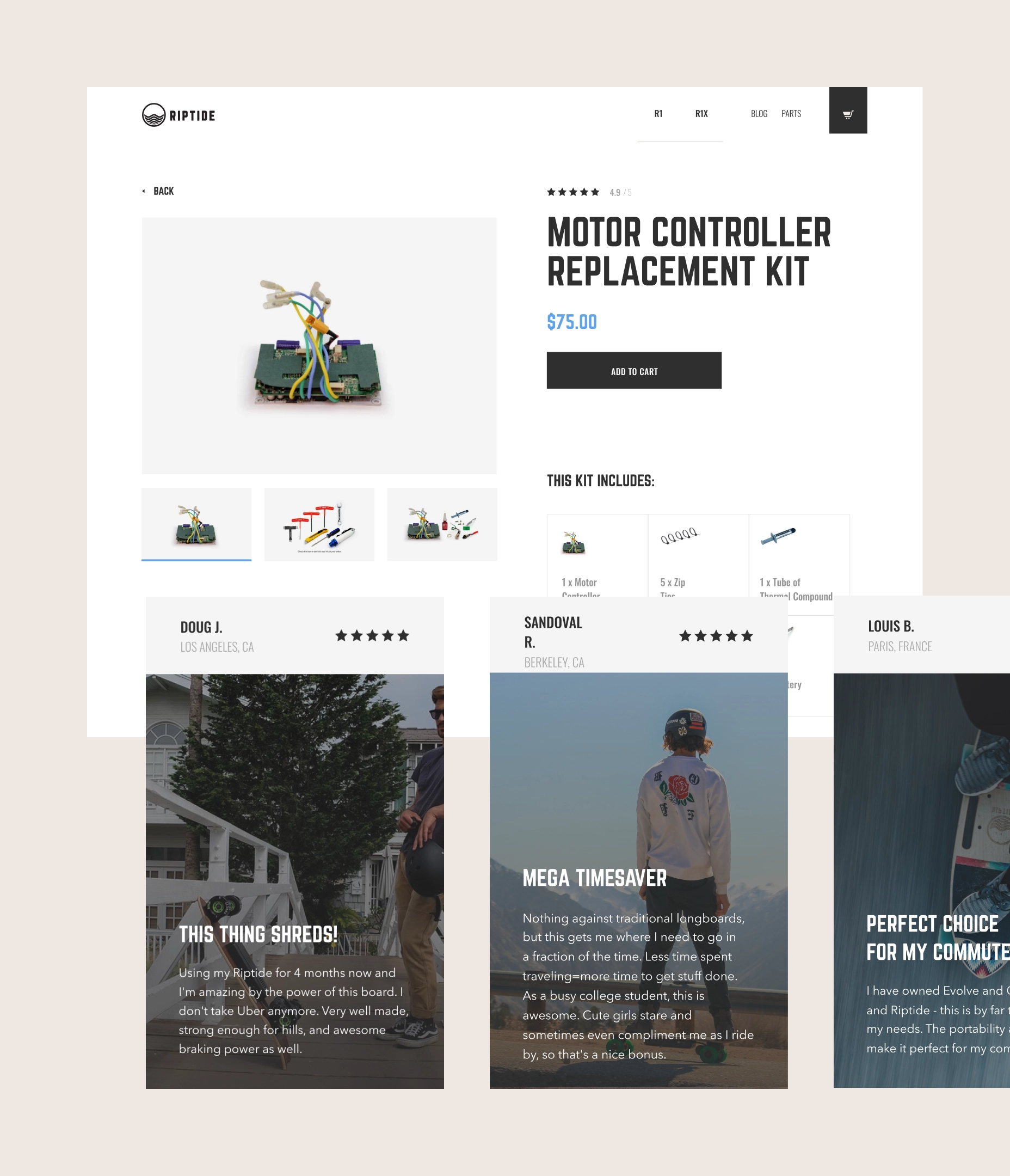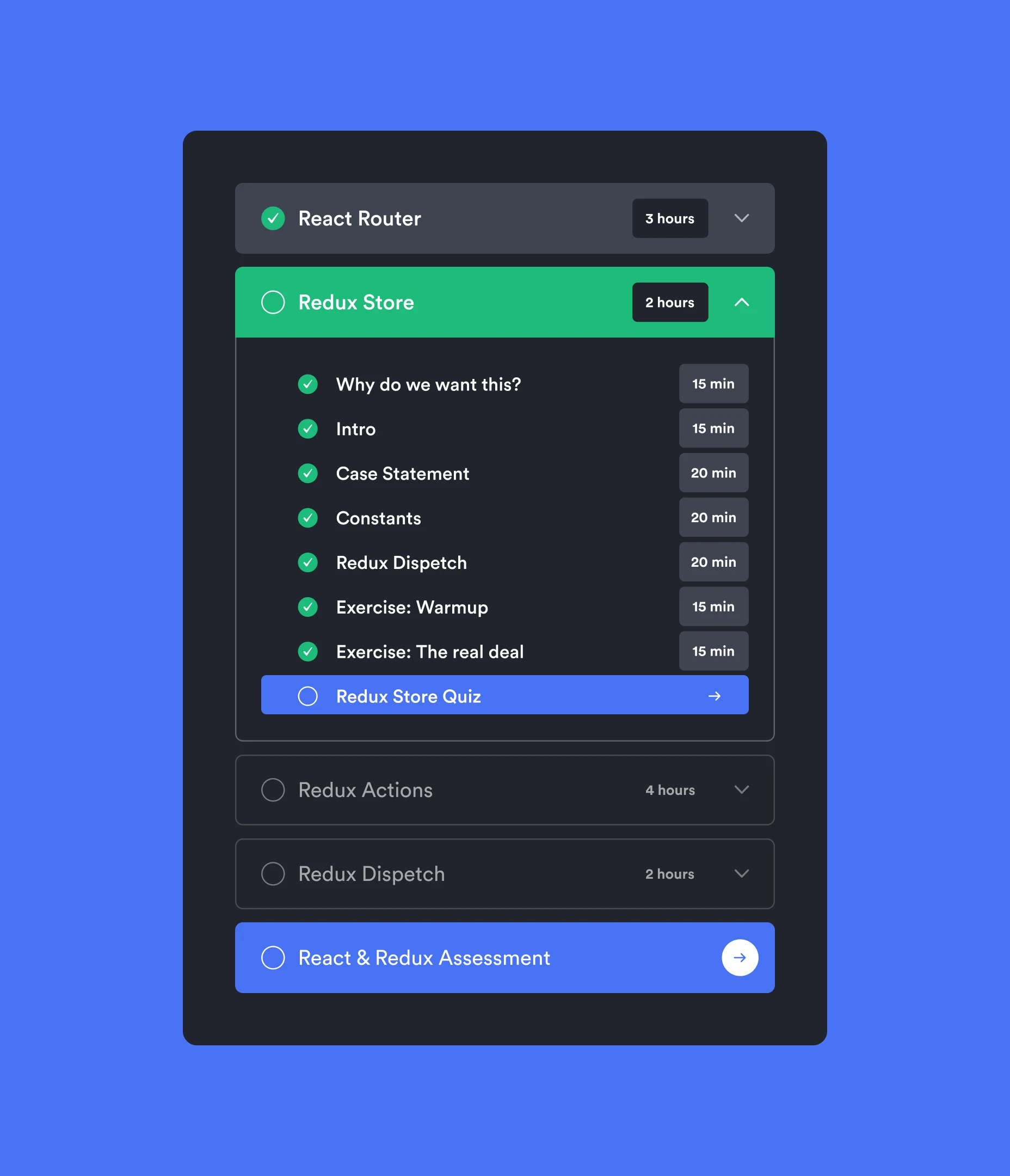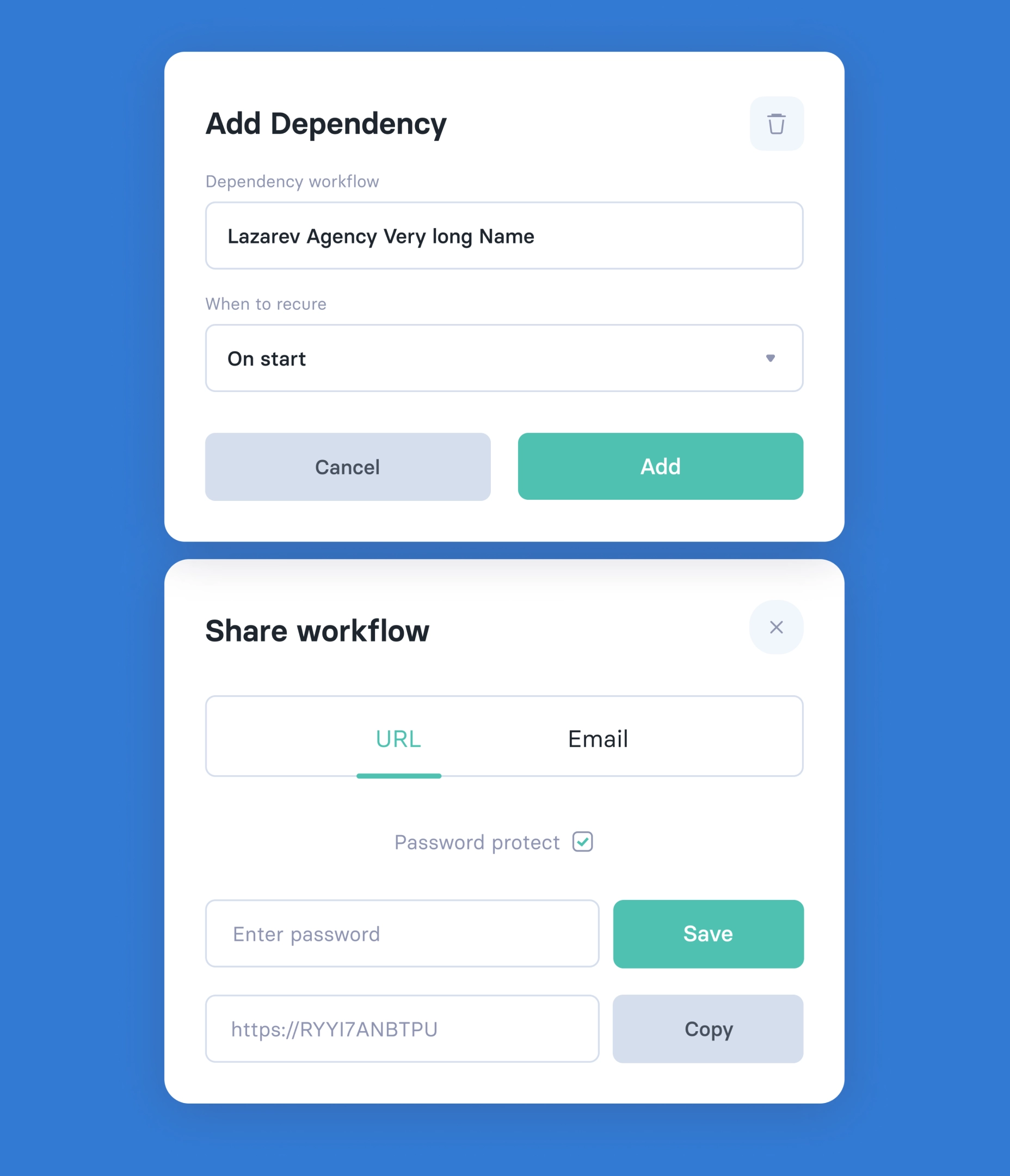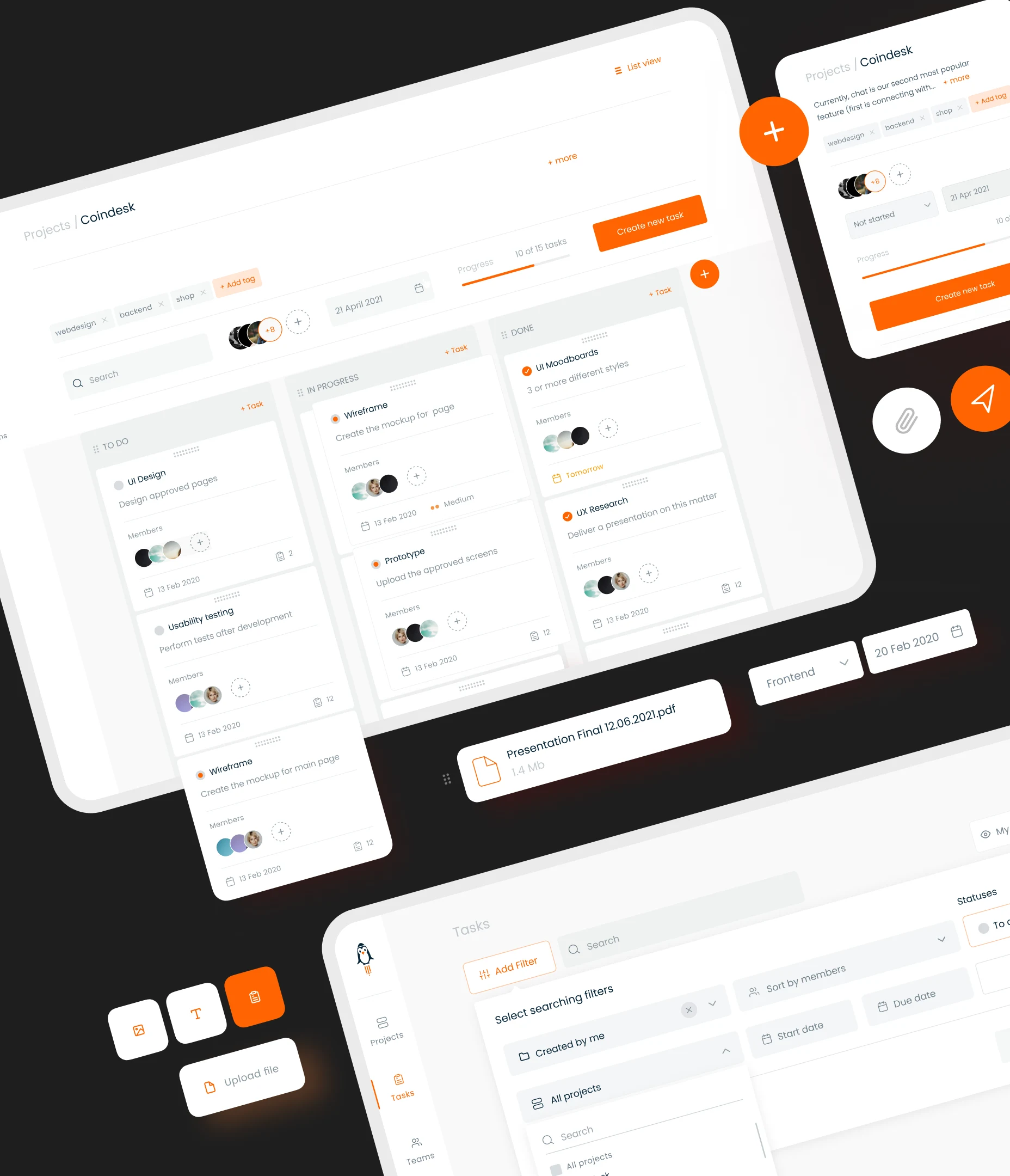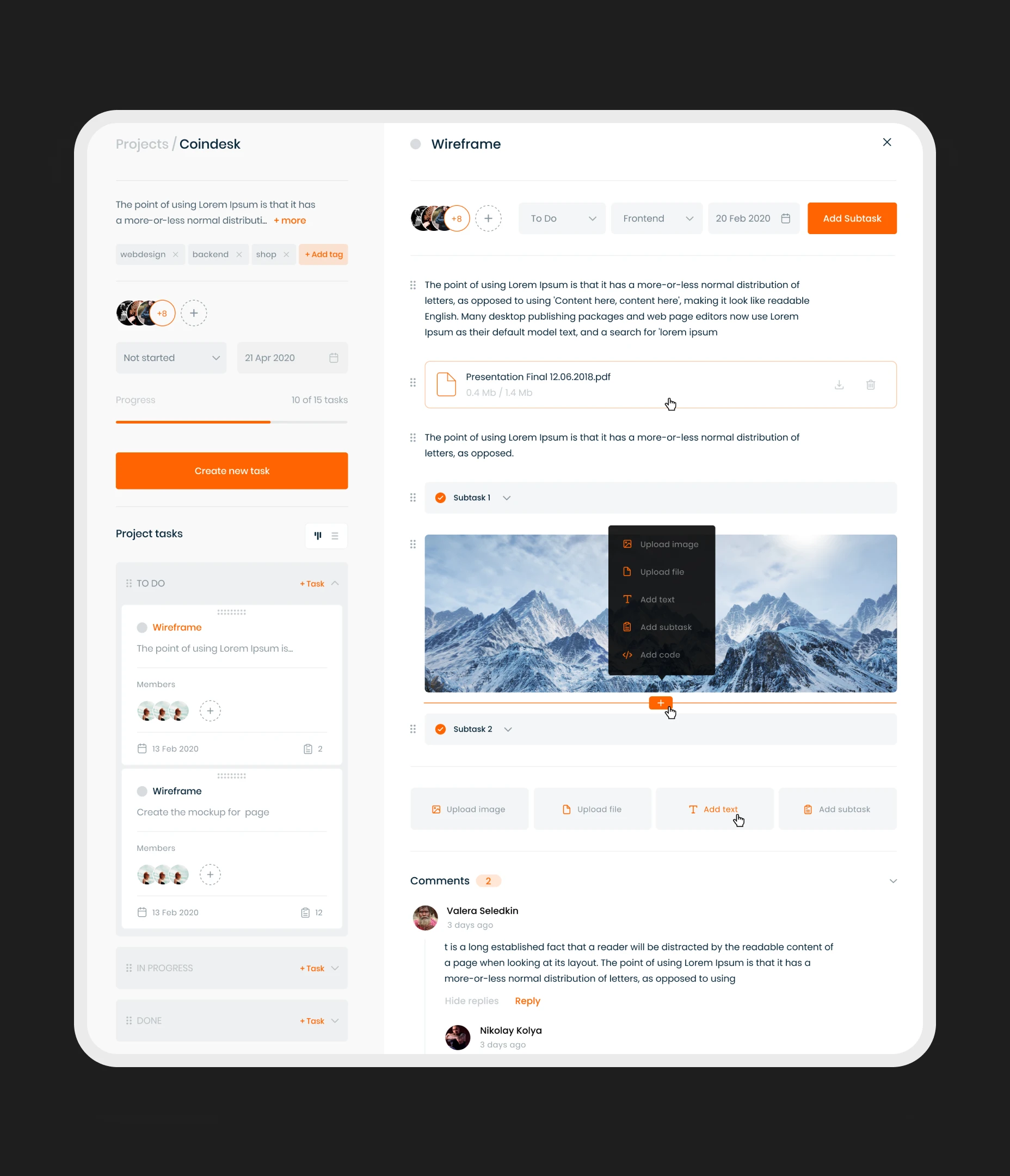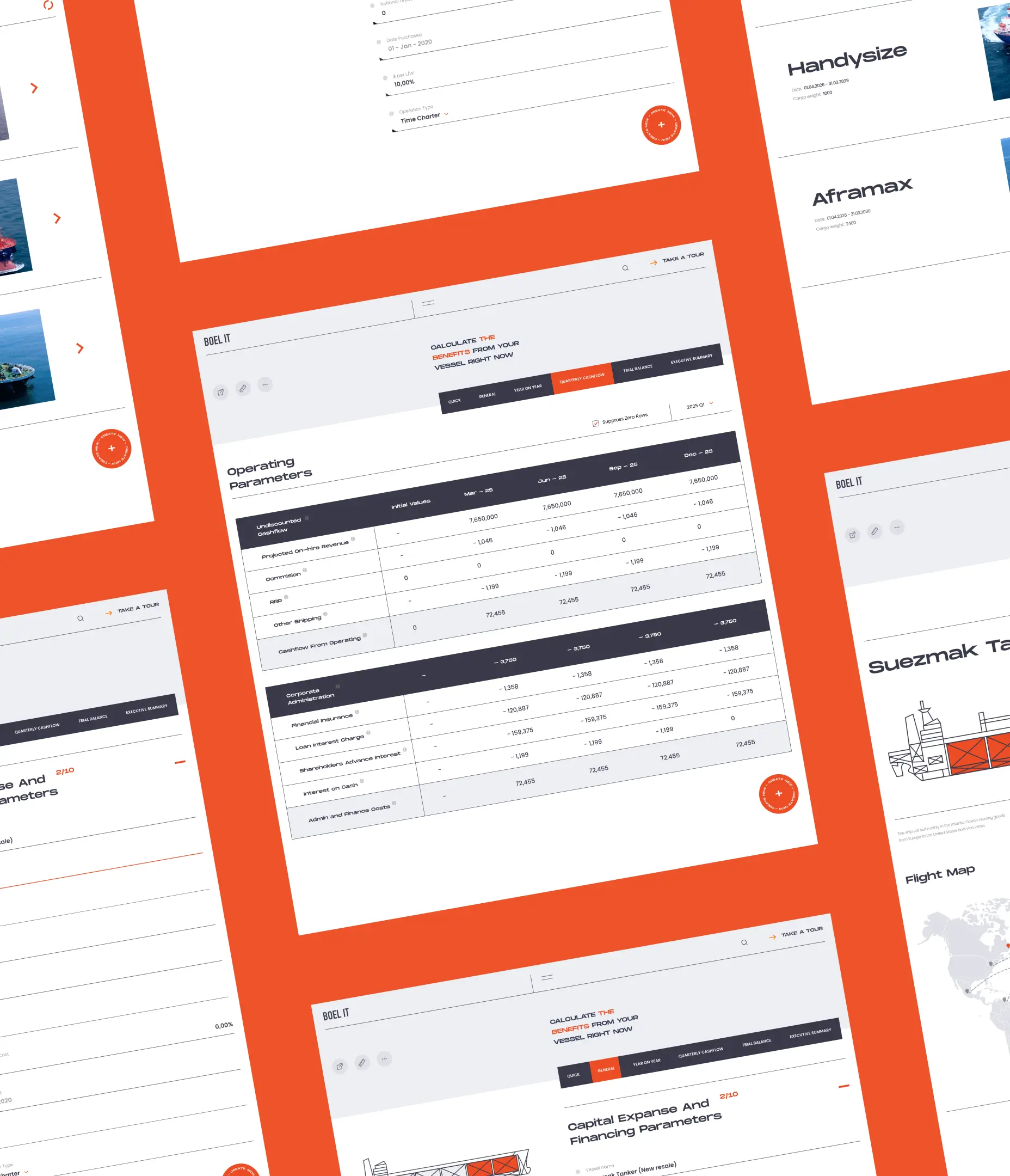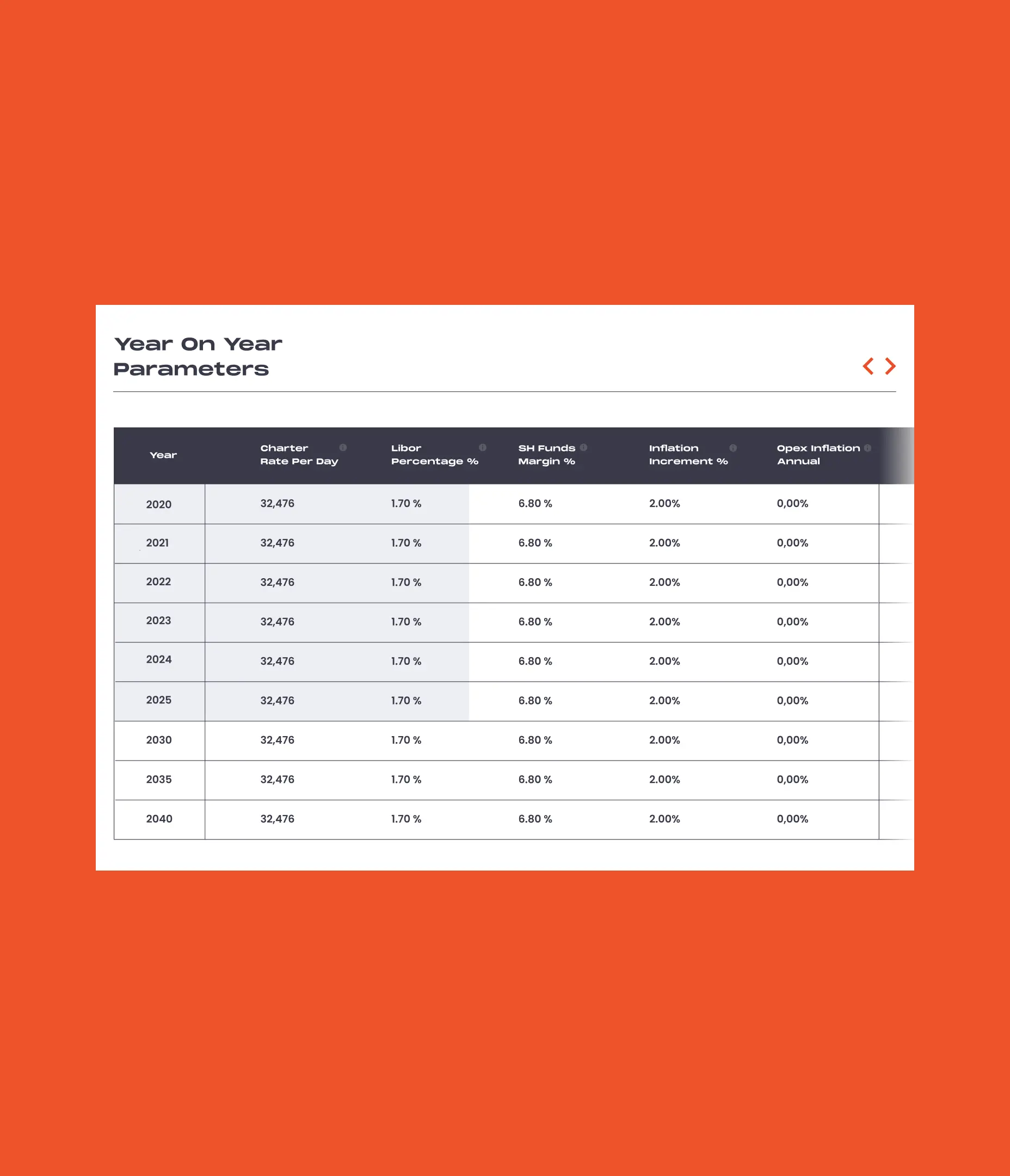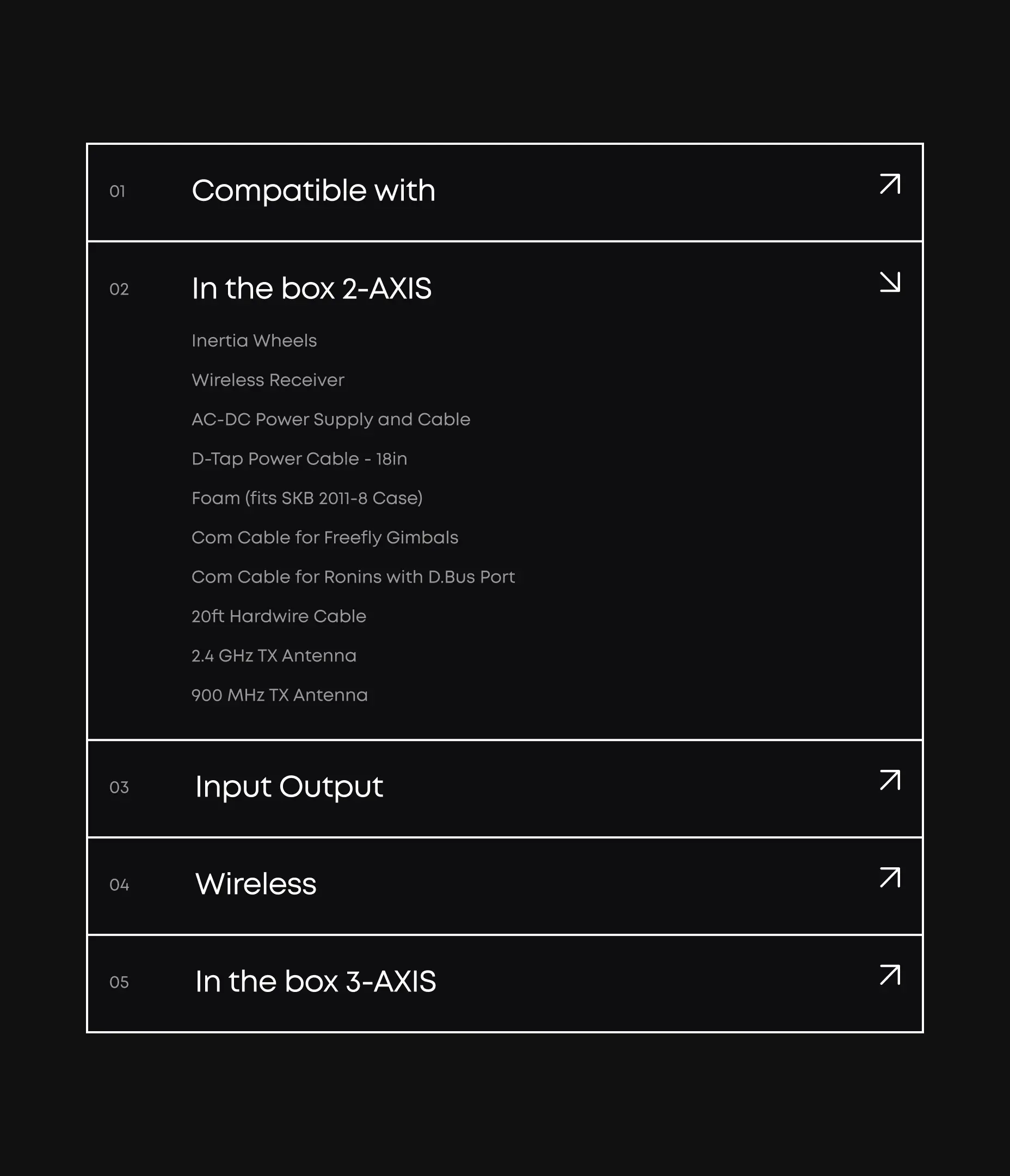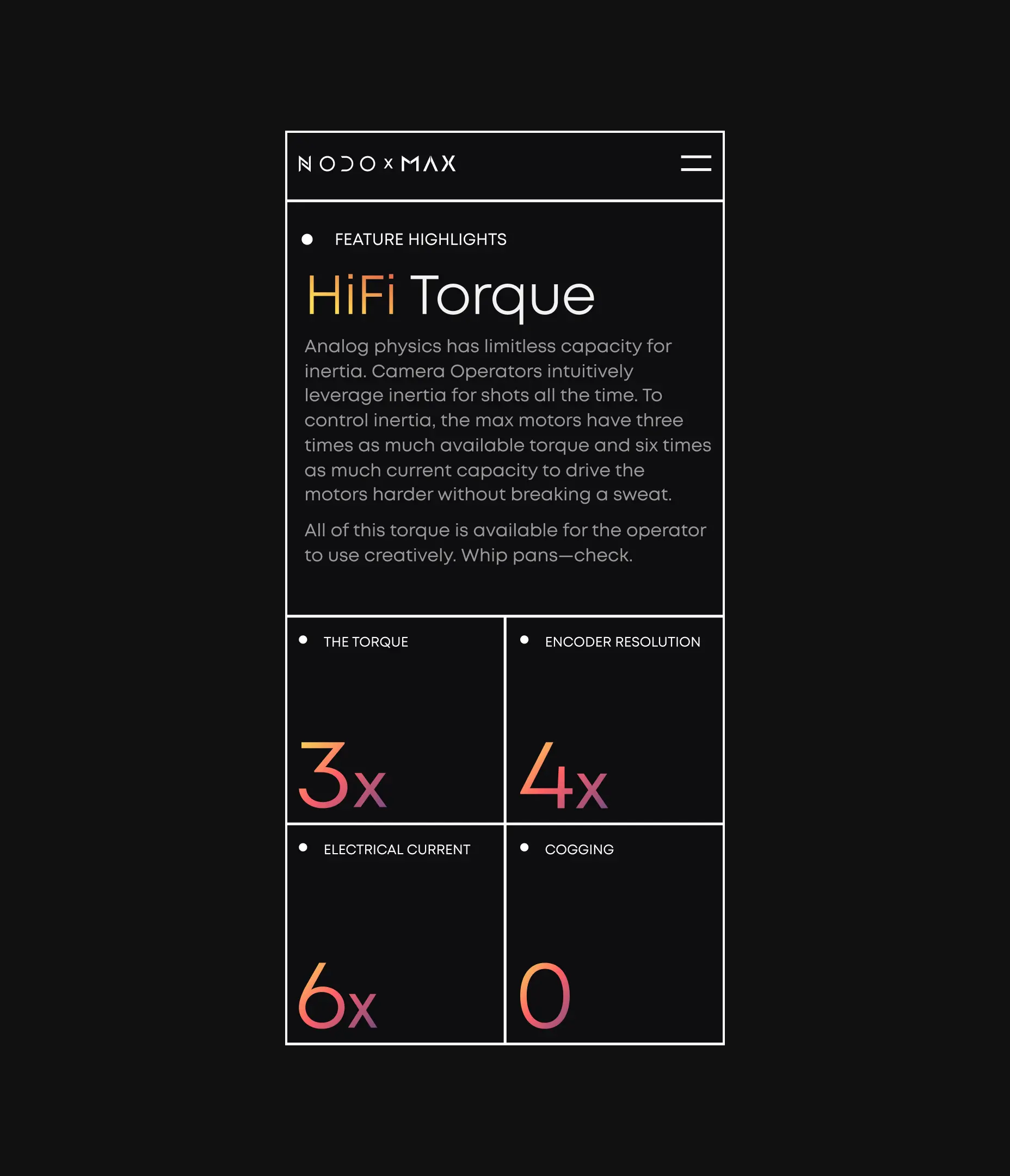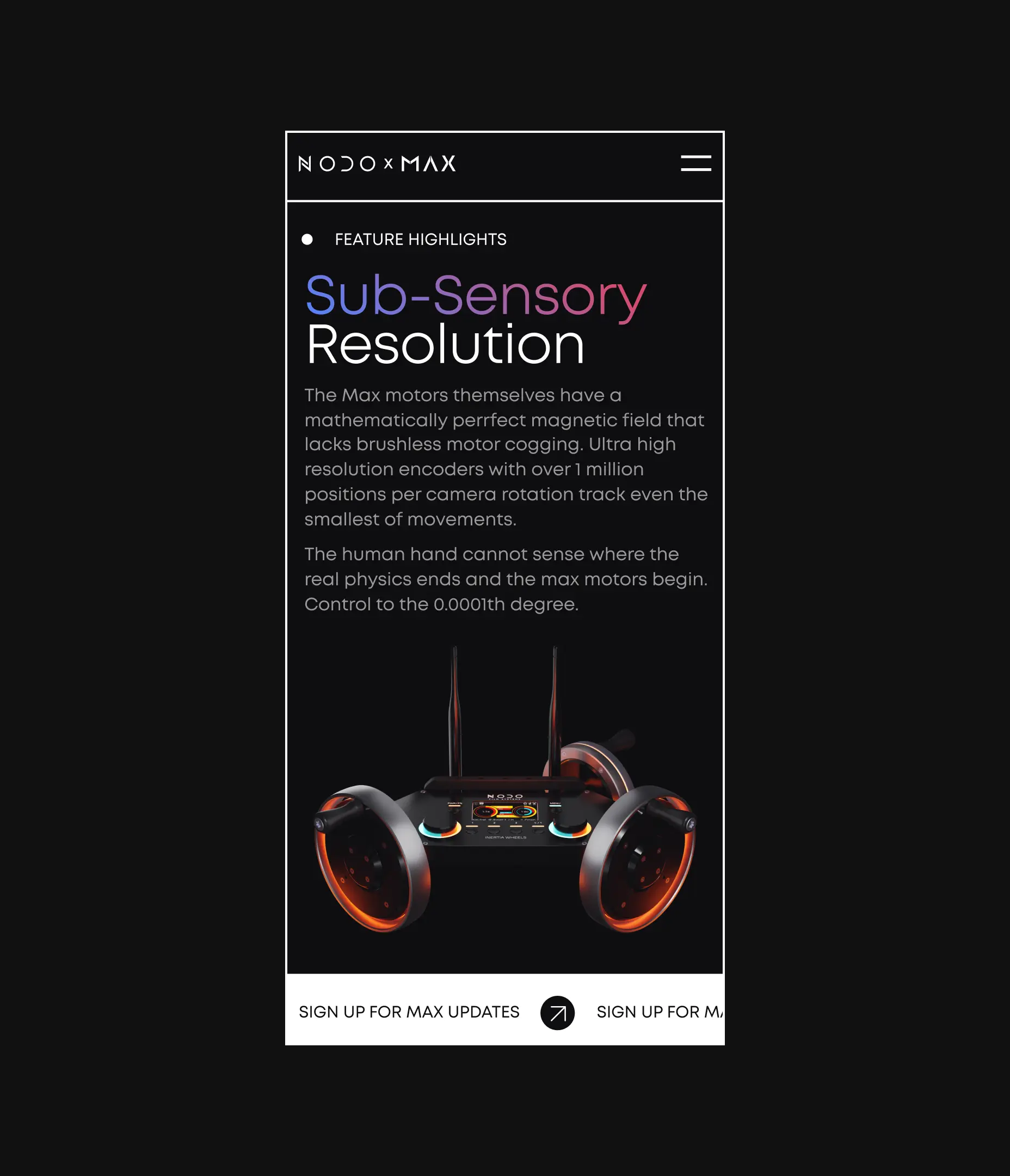How we transformed a legacy tool for modern e-commerce needs
the project
AdMetrics started as a niche market-tracking tool, but its complexity limited broader adoption among medium and large Shopify businesses. Lazarev.agency identified these issues and set out to reimagine the platform, streamlining interactions, simplifying the user experience, and enhancing the core features to deliver more profound insights. This transformation addressed the existing problems and revitalized the platform, making it powerful, accessible, and impactful for a wider audience.
The Project’s
Discovery Phase
Unified customizable dashboards, precise attribution insights, and actionable performance metrics
We delivered a robust performance overview through a streamlined table format, empowering teams to efficiently analyze large data sets. By developing a comprehensive customer journey map, we provide clear visualization of cross-touchpoint interactions, while customizable dashboards offer tailored insights to meet specific business needs. This integrated platform enables e-commerce teams to track profitability, optimize creative strategies, and make strategic, data-driven decisions within an intuitive and visually compelling interface, driving measurable growth and competitive advantage.
The future of product design: How AI and data will change business
Reinvented the interface to make insights effortless for a broader audience
We redesigned AdMetrics’ interface to simplify access to comprehensive data insights. The new design unifies data from multiple sources into fully customizable dashboards, featuring enhanced attribution views that clearly illustrate customer journeys across channels.
By consolidating tools for ad performance, ROI tracking, and customer behavior analysis, we eliminated manual reporting and reduced platform switching. This transformation empowered teams to make quick, data-driven decisions, turning complex data into actionable insights that drive growth.
Implemented new features and enhancements from concept to execution
To meet the evolving needs of e-commerce analytics, we added features like time period comparisons, budget-targeted goals, and cohort analysis, capabilities not previously available. These functionalities were developed collaboratively during the redesign process, ensuring they addressed user needs and enhanced analytical depth. Seamless integration of these tools provided users with richer, actionable insights, making the platform more professional and user-centered.
How innovative e-commerce sites use design to drive sales?
Integrated AI to simplify data insights, content management, and creatives optimization
AI integration transformed AdMetrics into an intelligent platform capable of accelerating productivity. The AI handles data monitoring, content management, and creative optimization, enabling faster report generation and delivering actionable insights in real-time. This automation allows teams to focus on strategic decision-making while the platform manages complex data processing, setting a new standard for responsiveness in e-commerce analytics.
AI and digital transformation: the playbook for business growth
Crafted detailed channel insights and conversion metrics for smarter marketing decisions
The platform now offers a powerful performance overview in a streamlined table format, visualizing customer interactions across multiple touchpoints. Customizable dashboards enable teams to monitor profitability, optimize creative impact, and make informed decisions based on detailed attribution insights and conversion metrics. This cohesive system supports agile marketing strategies and fosters business growth through data-driven actions.
More AI Cases
FAQ
How can redesigning a legacy analytics platform improve decision-making for e-commerce businesses?
A full-scale redesign streamlines data access and visualization, enabling teams to process over 100,000 data points daily with real-time insights. Simplified, customizable dashboards and integrated attribution views help decision-makers act faster and more accurately, boosting efficiency and growth.
What are the key features to enhance data analysis in e-commerce platforms?
Implementing features like time period comparisons, budget-targeted goals, and cohort analysis allows businesses to gain deeper insights. These capabilities help optimize marketing strategies, improve ROI tracking, and understand customer behavior more comprehensively.
How does AI integration benefit e-commerce analytics tools?
AI automates data monitoring, content management, and creative optimization, enabling faster report generation and actionable insights. This reduces manual effort, accelerates response times, and allows teams to focus on strategic growth initiatives.
What design strategies make complex data more accessible to a broader audience?
Unifying data sources into fully customizable dashboards and enhancing attribution views simplifies complex customer journeys across channels. These intuitive interfaces empower non-technical users to interpret insights effectively, supporting data-driven decisions at all levels.
How can platform integrations improve overall analytics performance?
Seamless integrations with over 20 major advertising and e-commerce platforms consolidate data, eliminate manual reporting, and reduce platform switching. This creates a unified view of performance, streamlining workflows and increasing operational efficiency.
What improvements in user experience lead to measurable business impact?
Reducing the time spent on data analysis by 50% and doubling decision-making efficiency directly translates to faster campaigns, better resource allocation, and increased revenue opportunities.
How do detailed channel insights and conversion metrics support smarter marketing strategies?
Visualizing customer interactions across multiple touchpoints helps teams identify profitable channels, optimize creative impact, and make data-driven adjustments. This agility fosters sustained growth and a competitive edge in e-commerce marketing.
